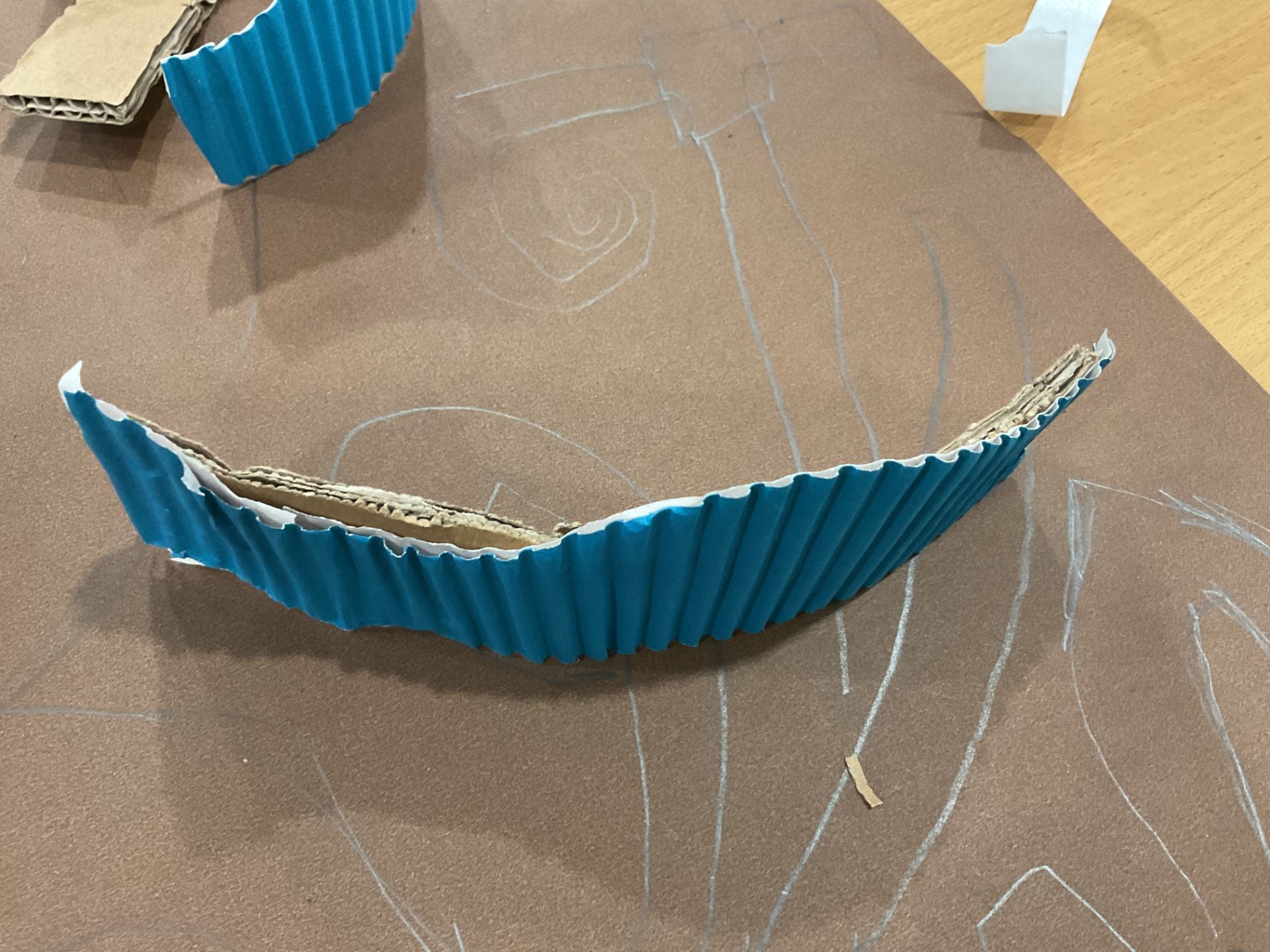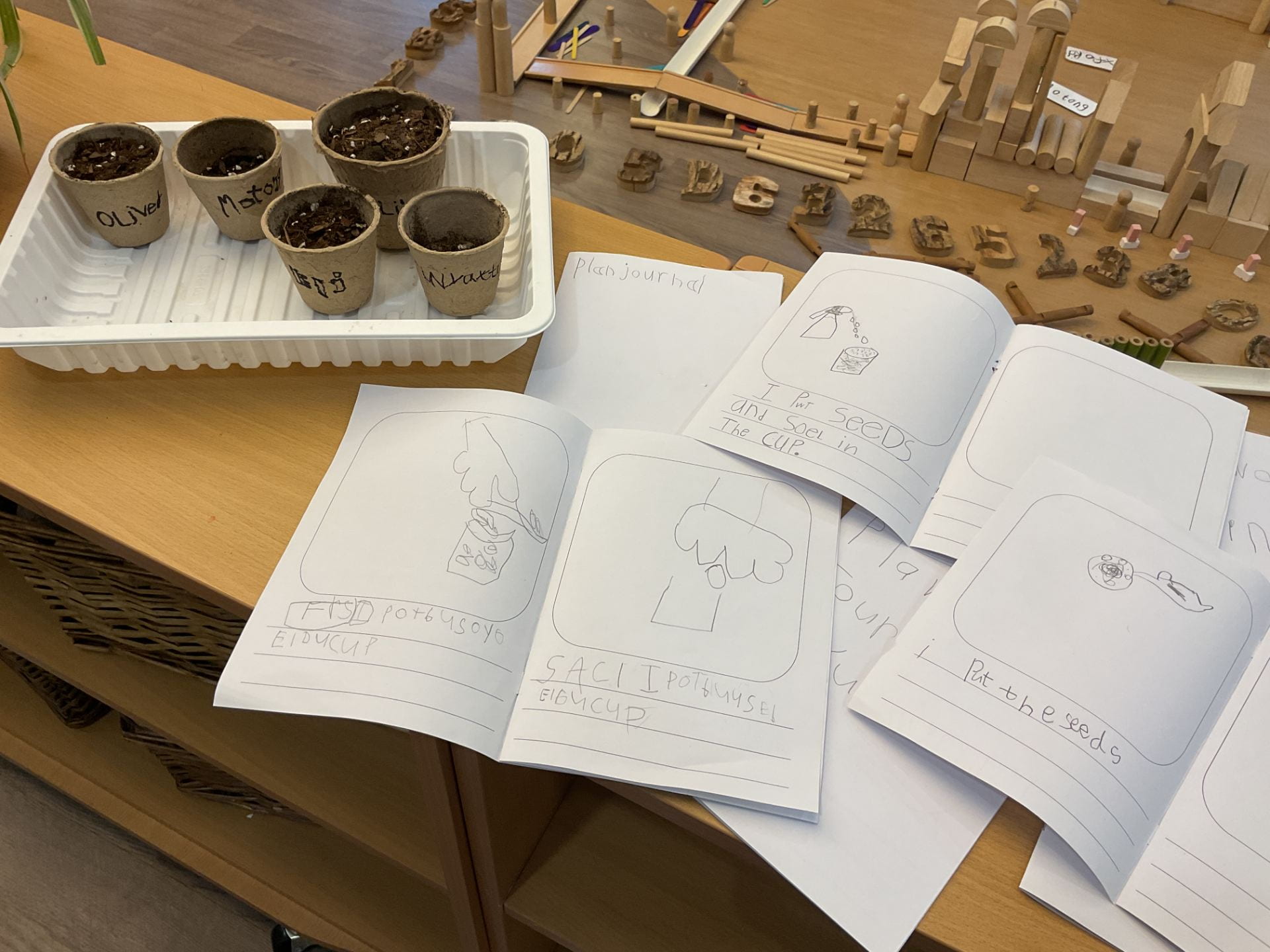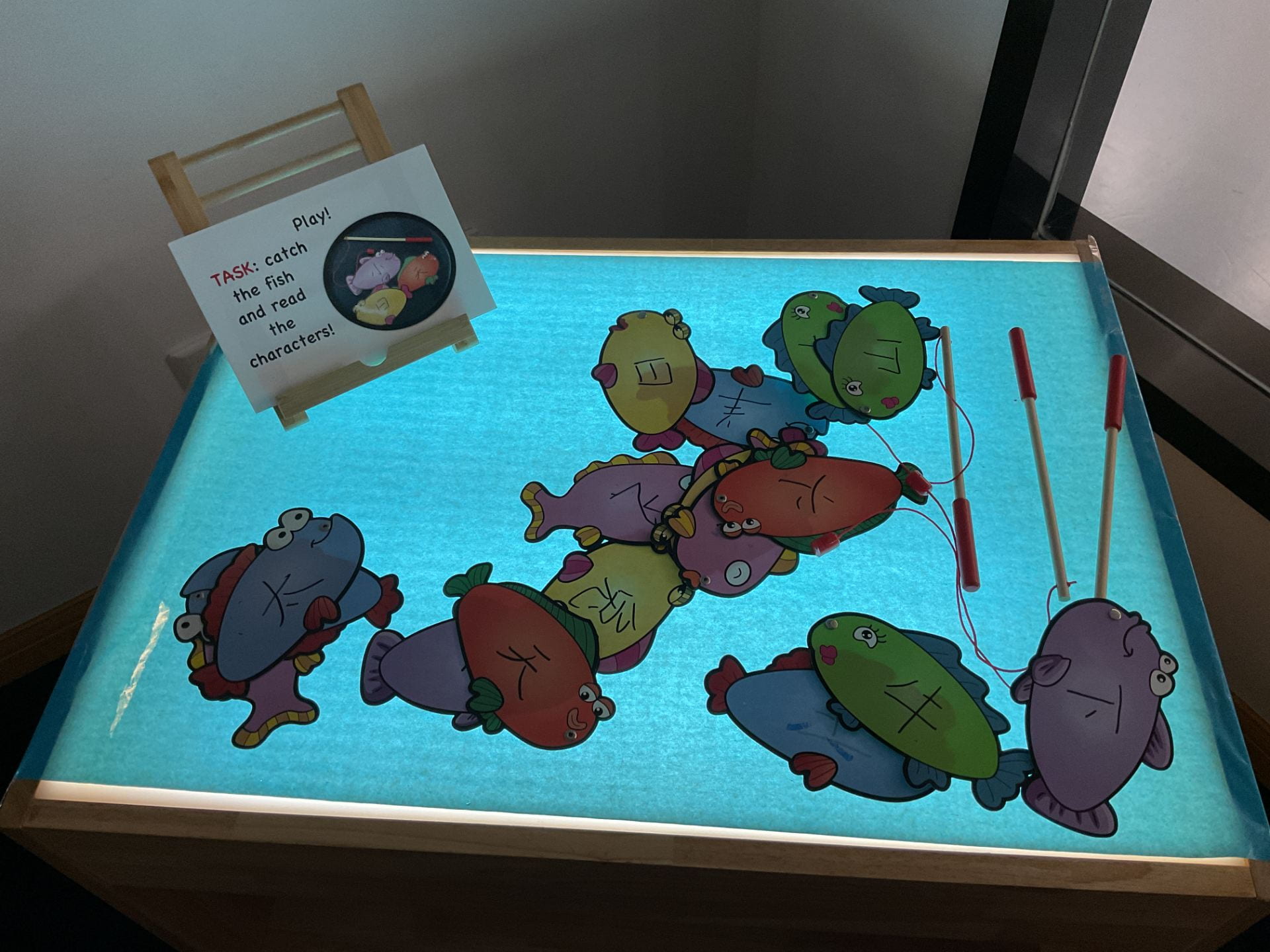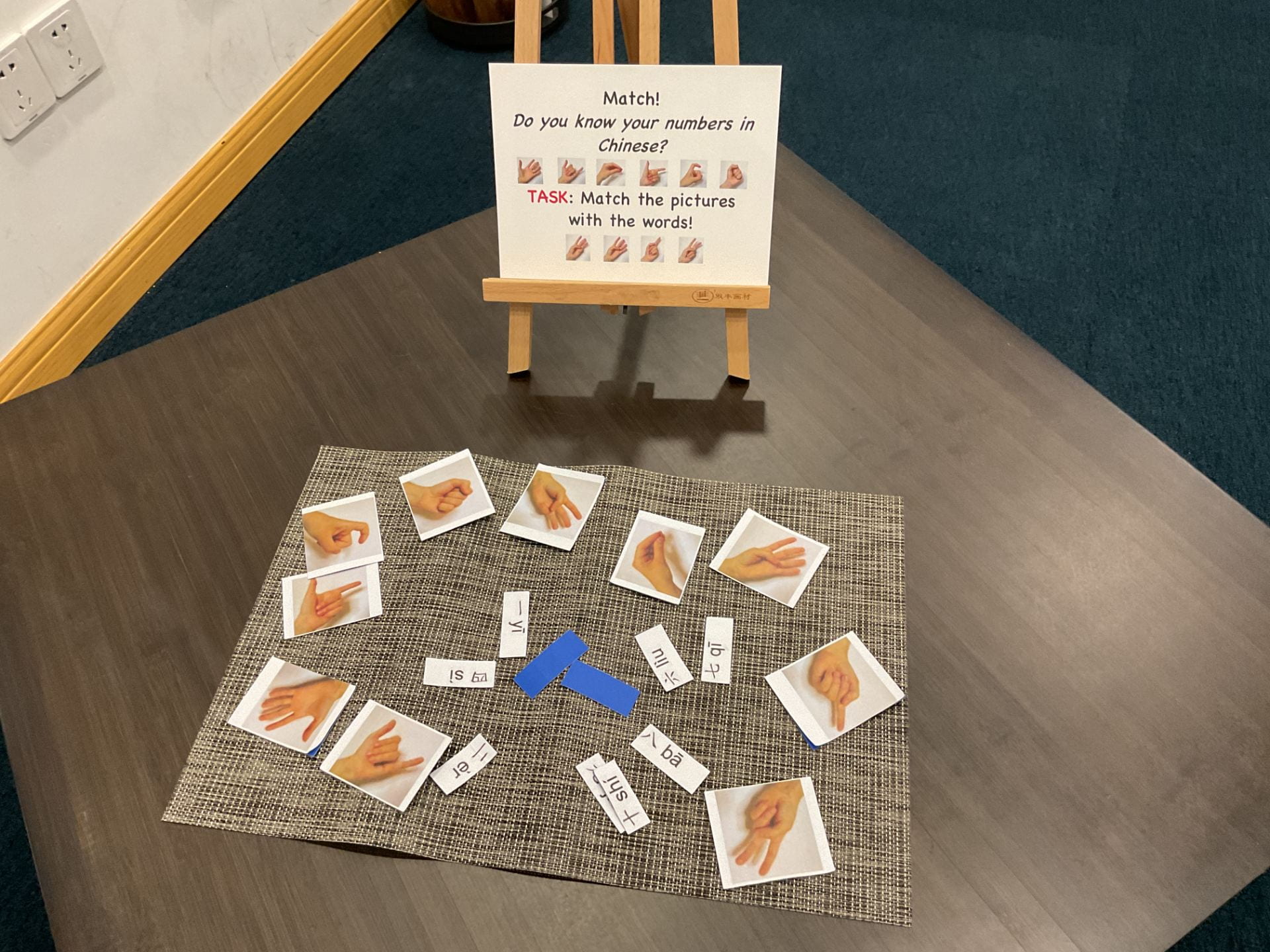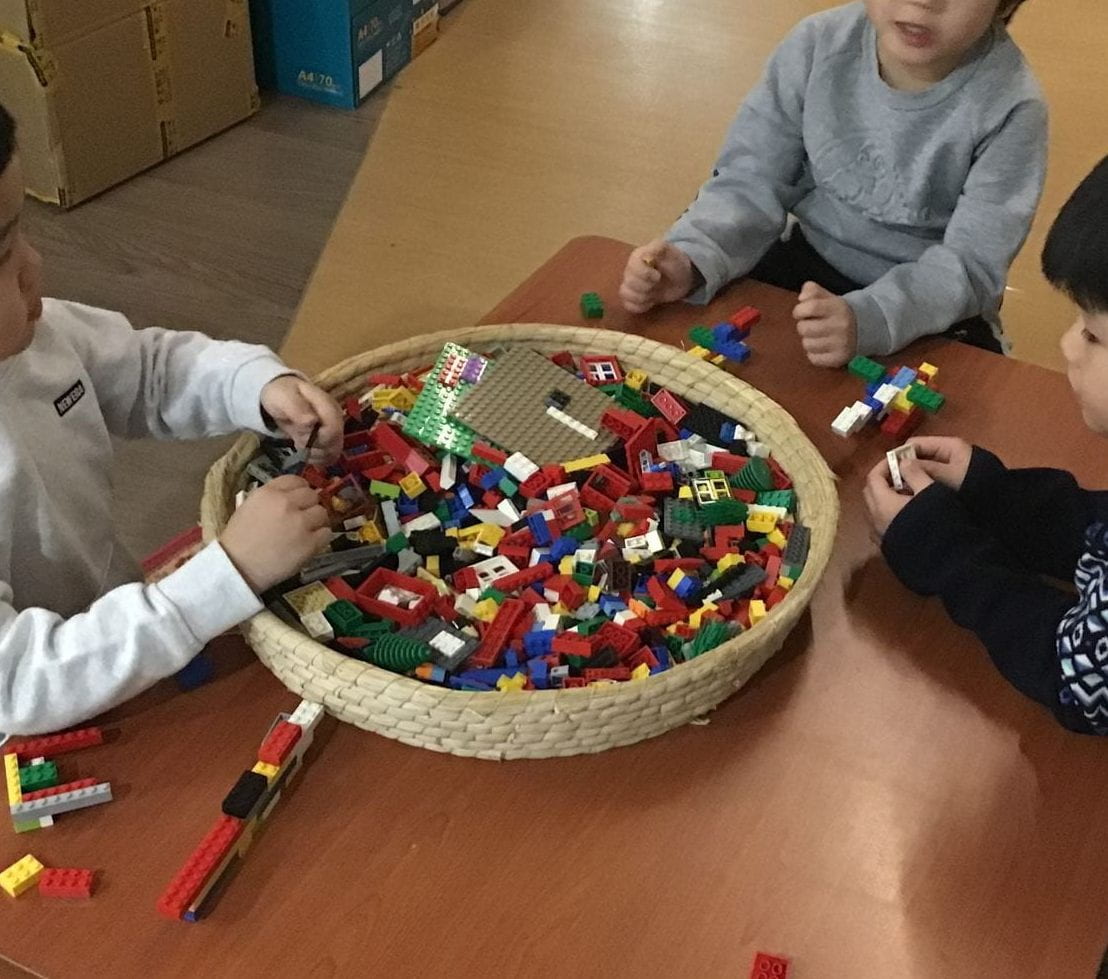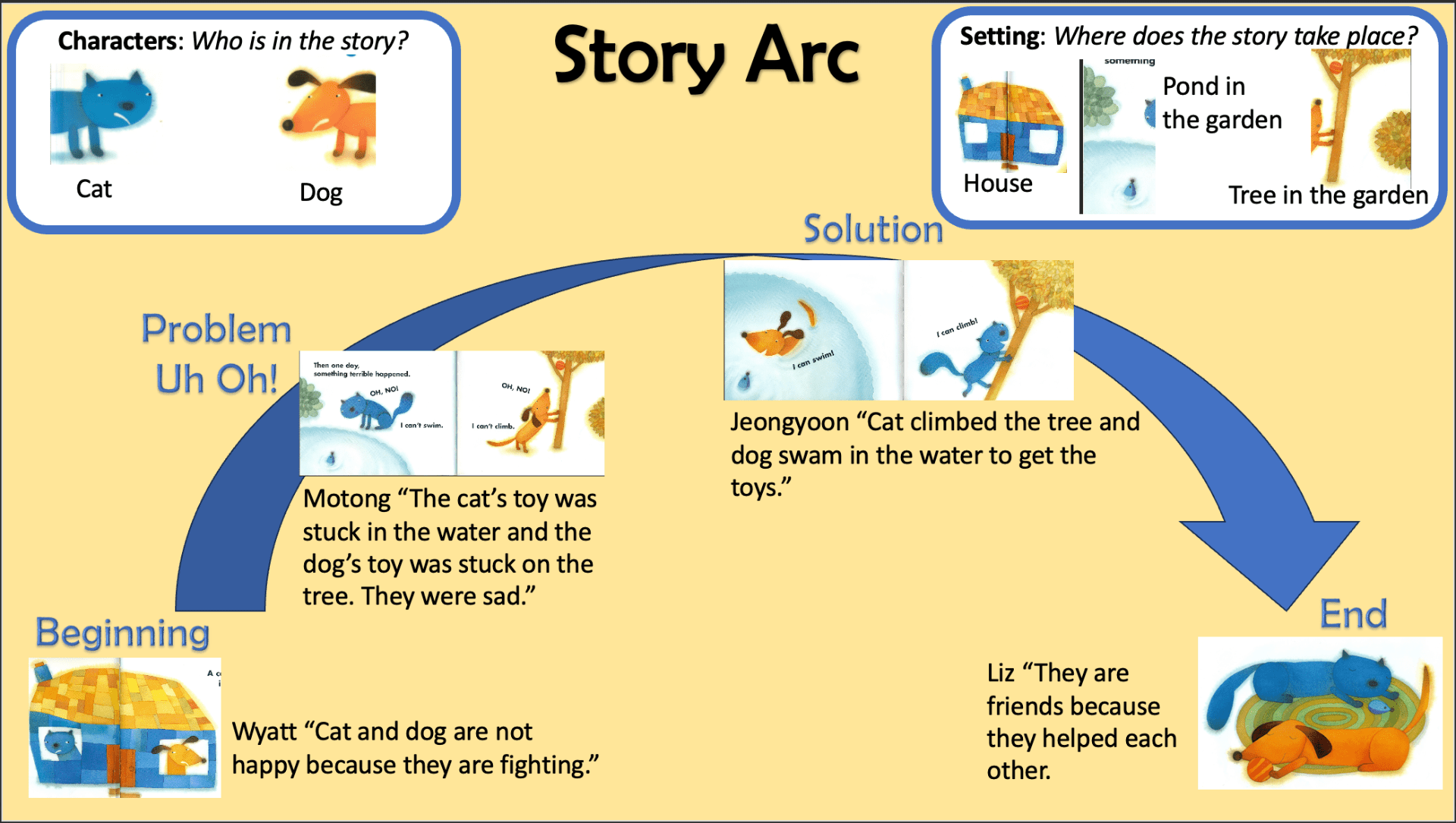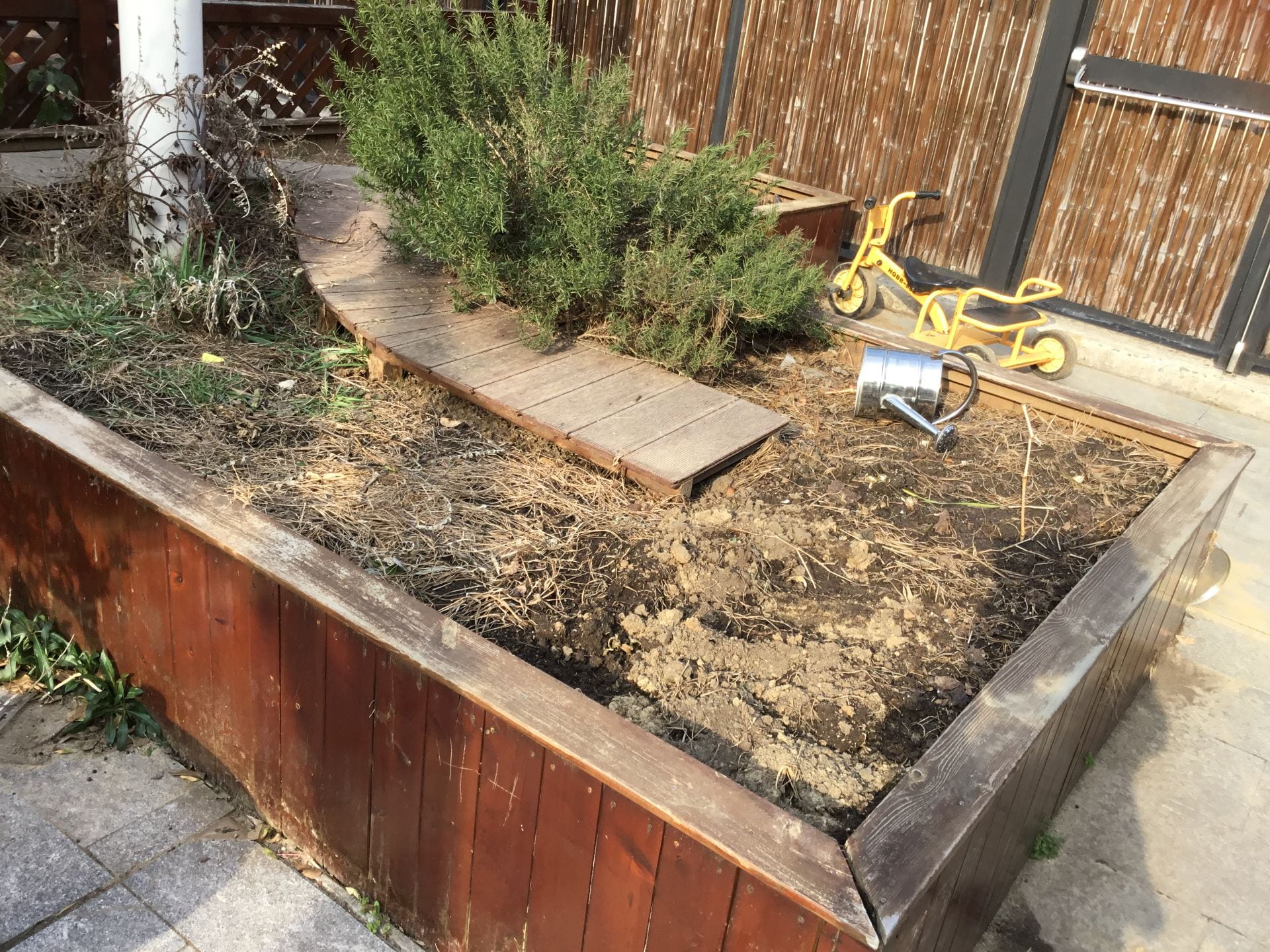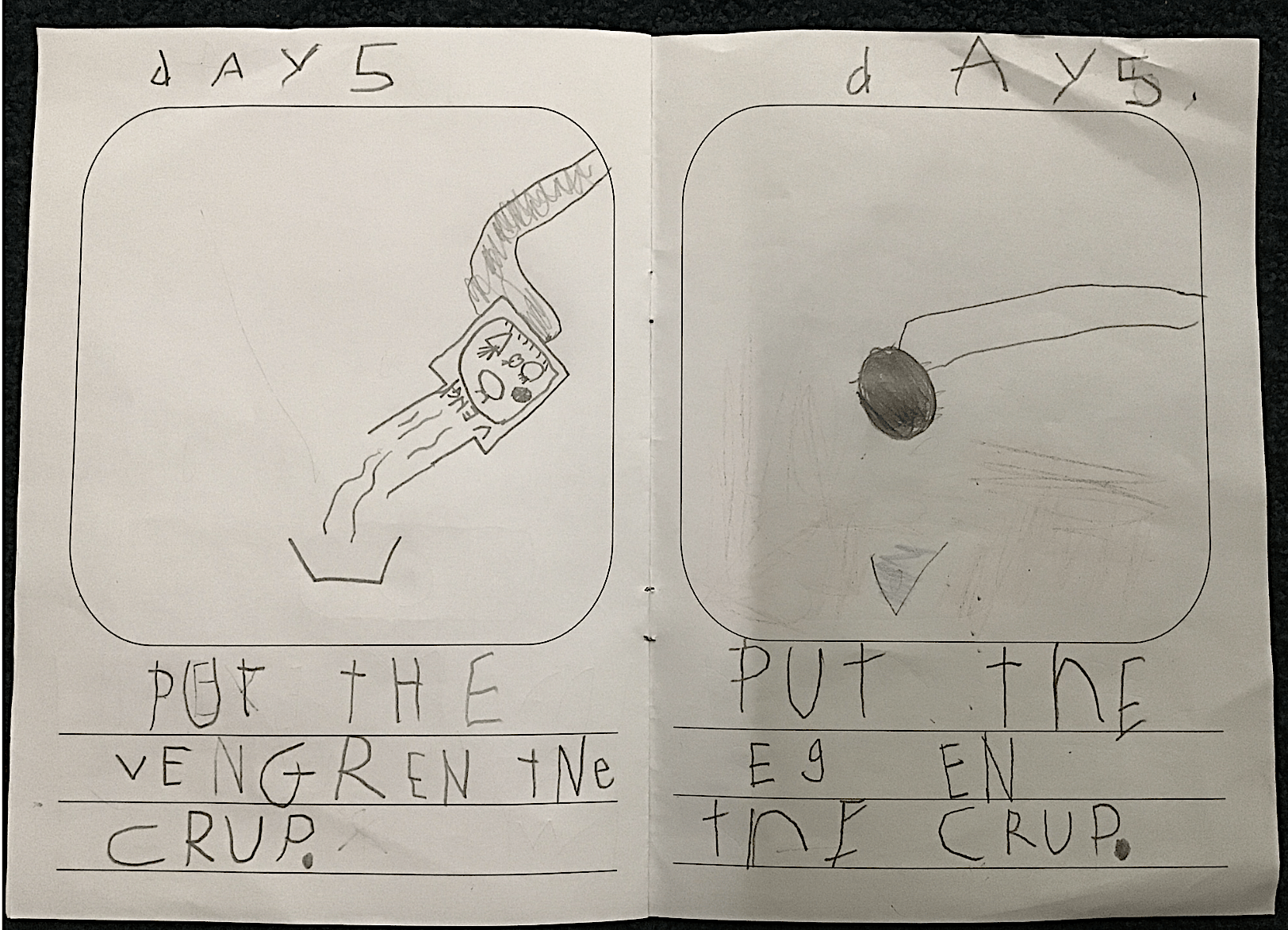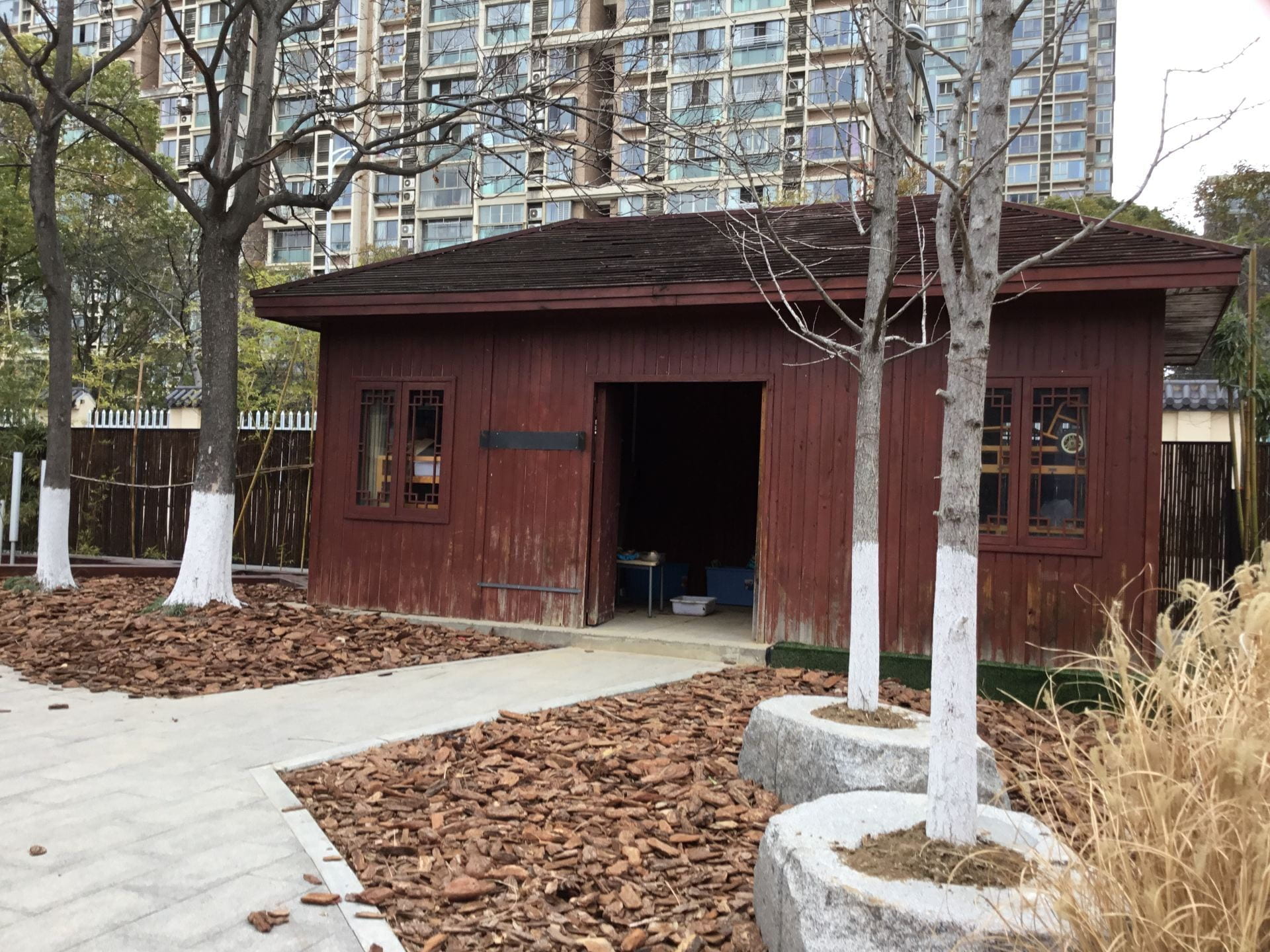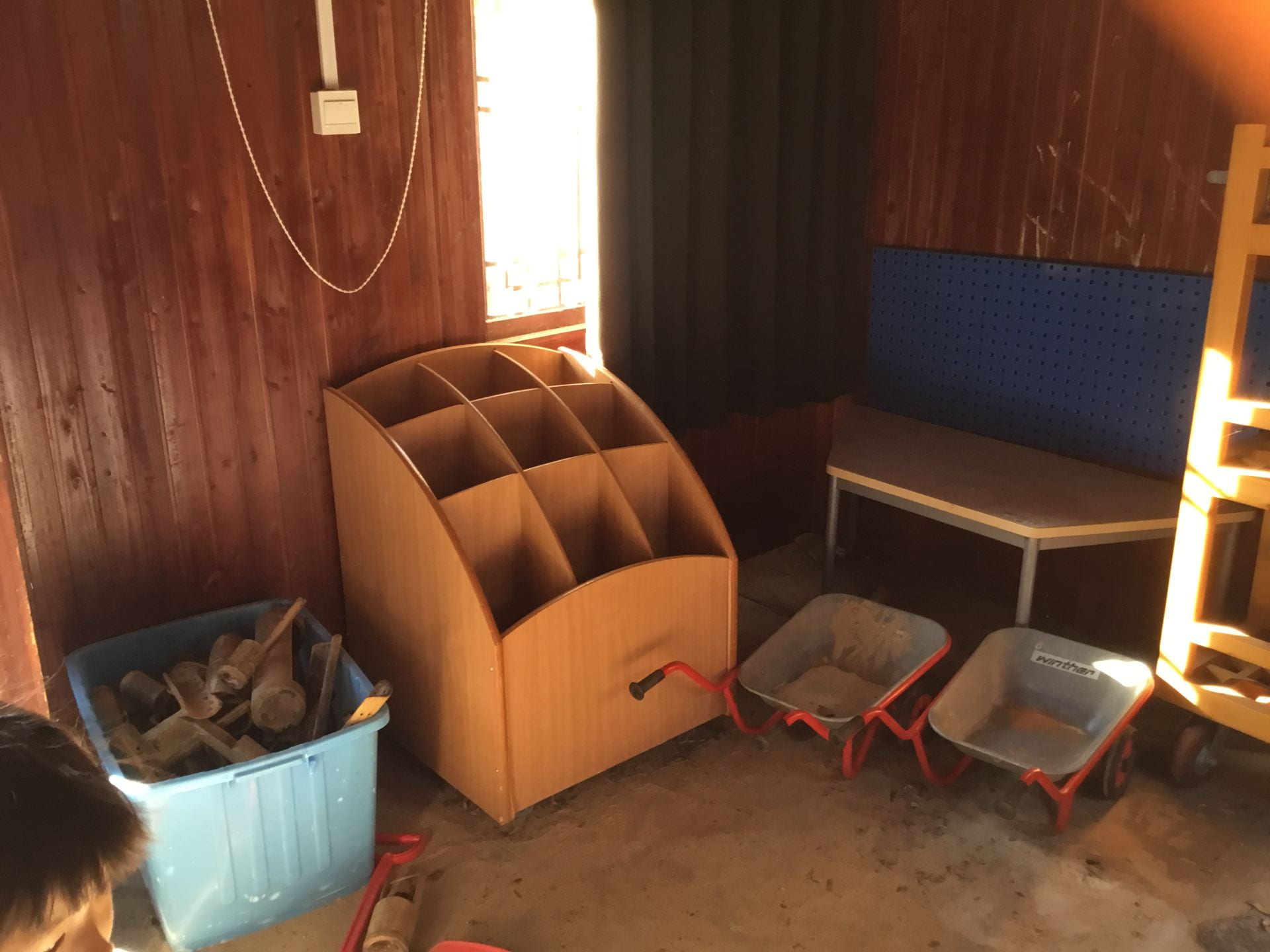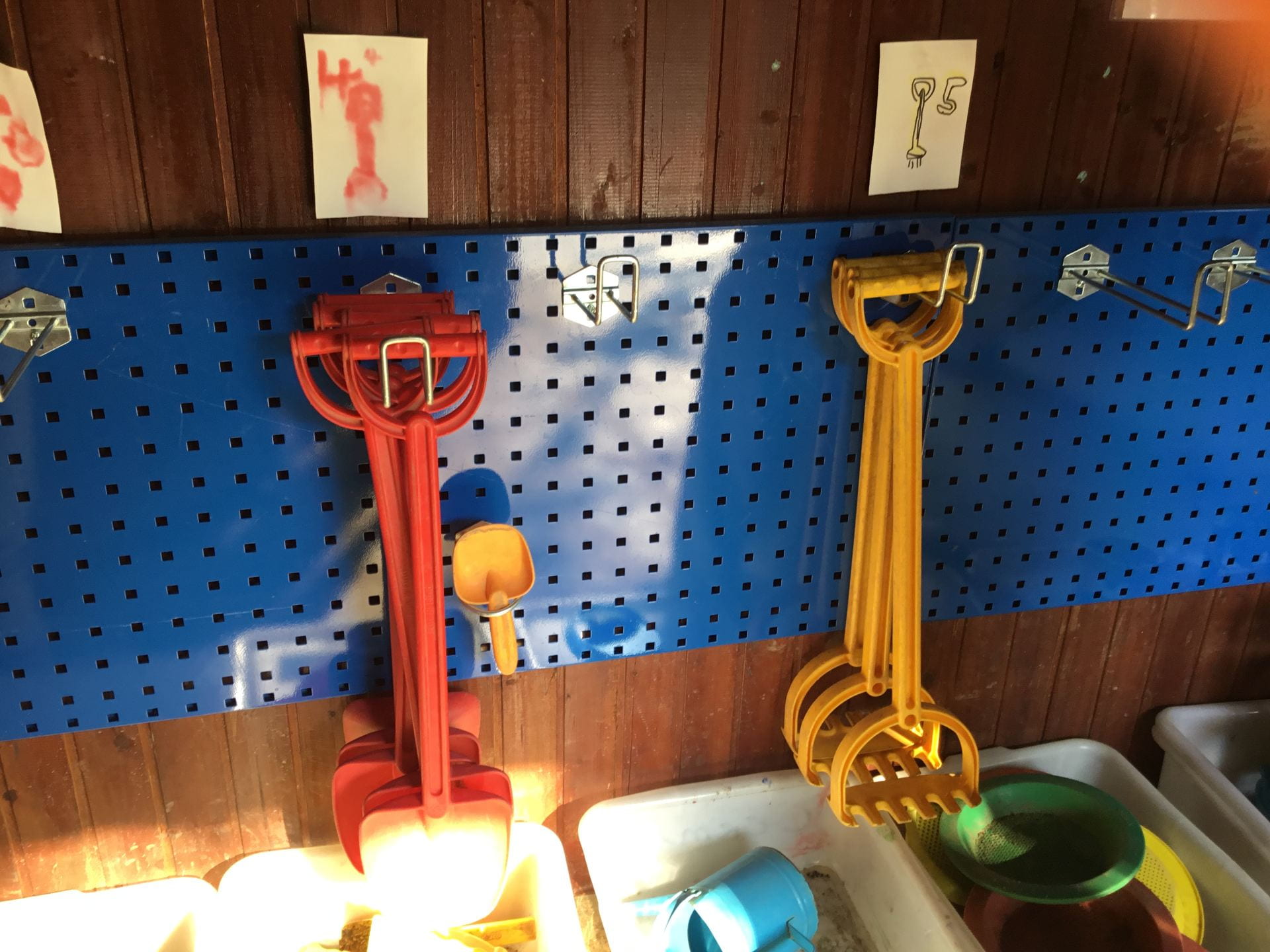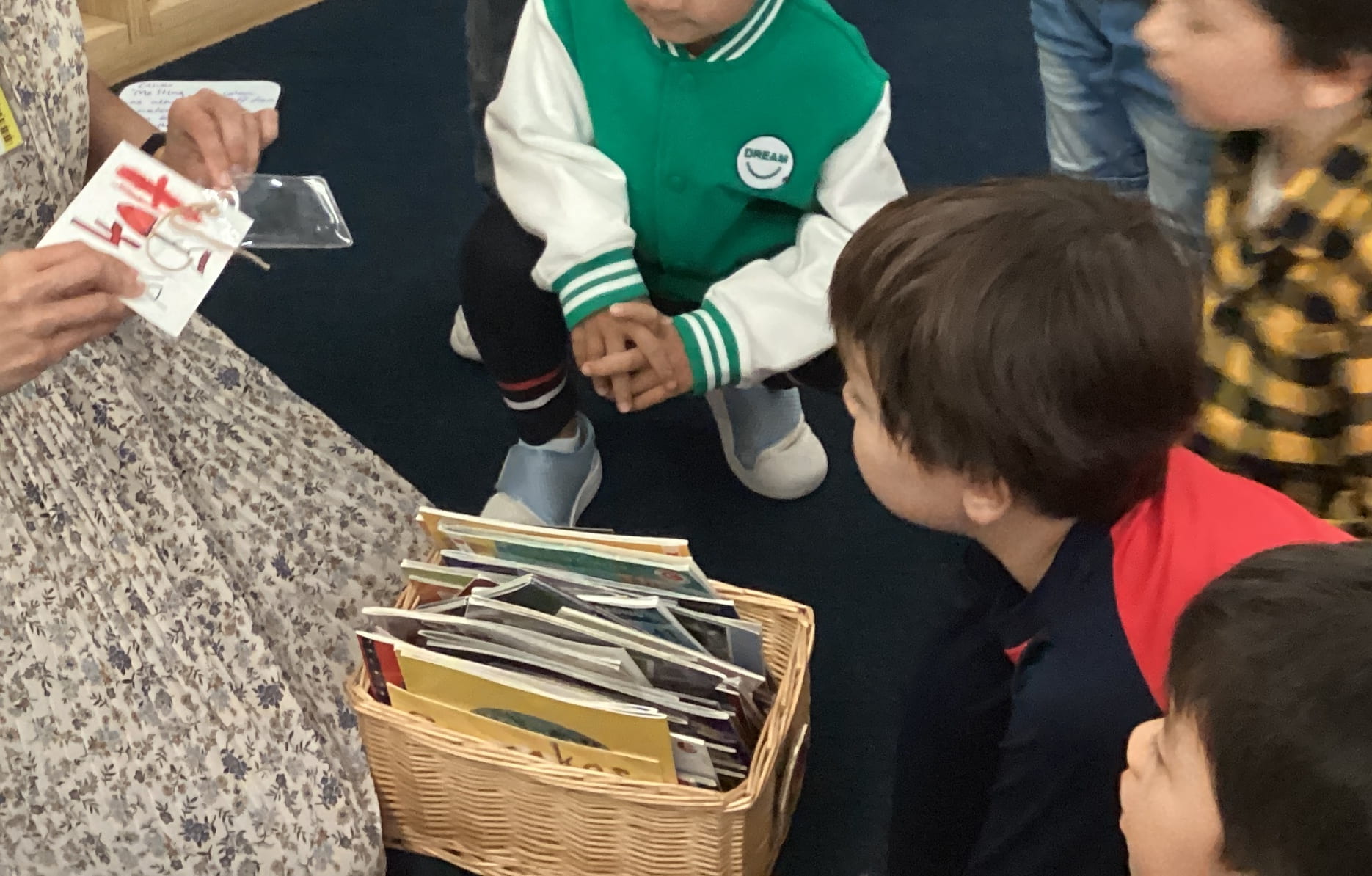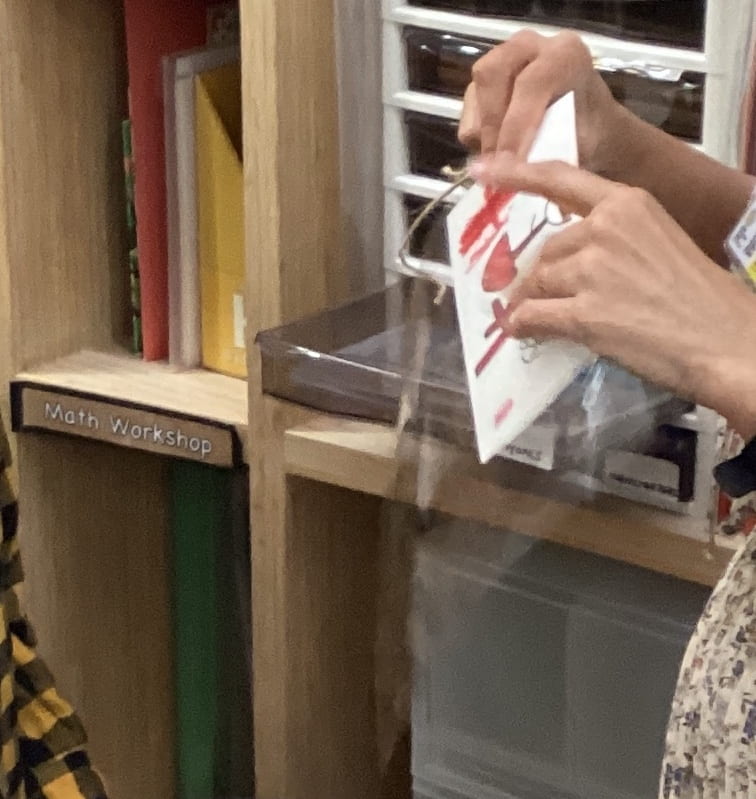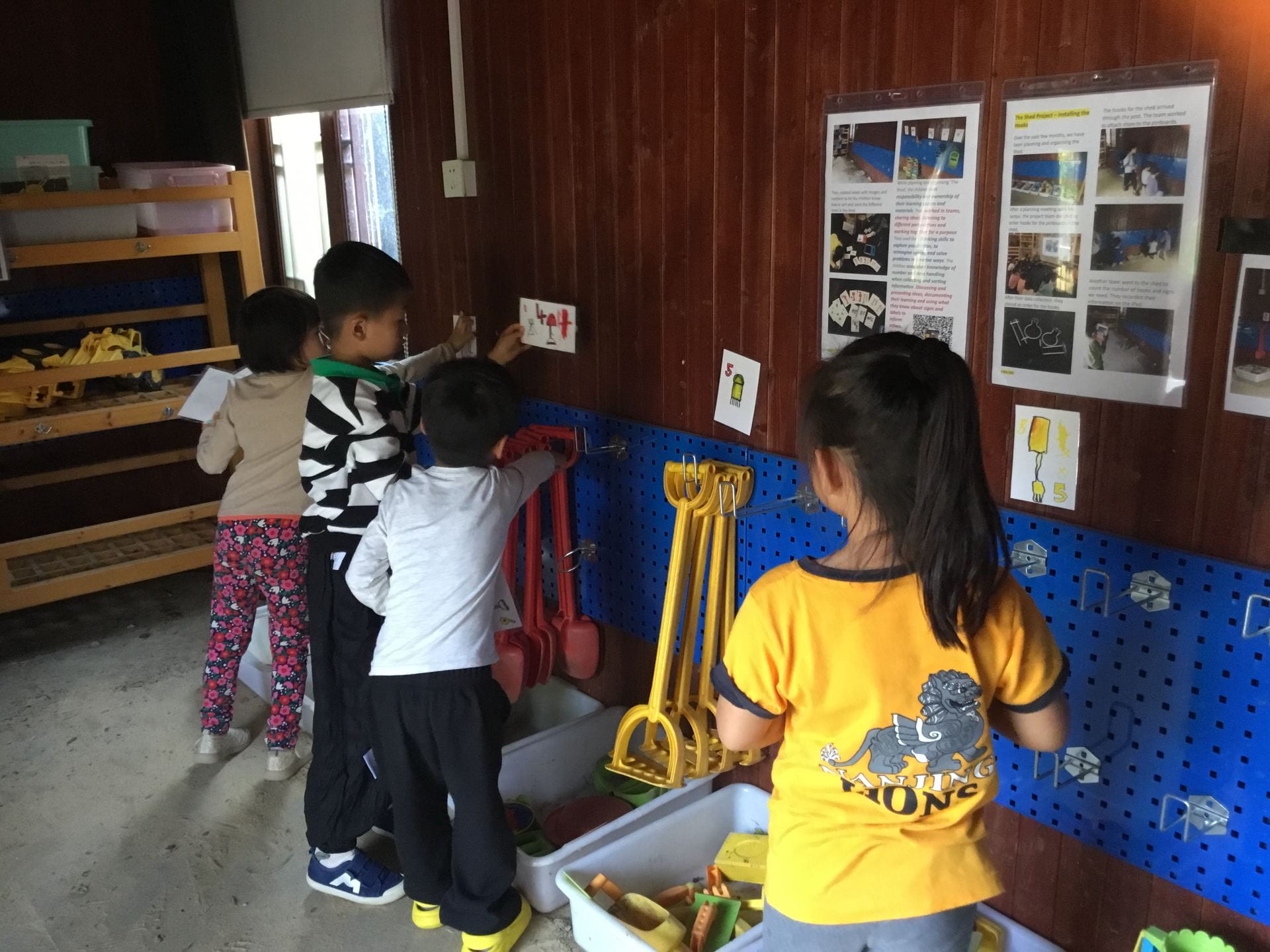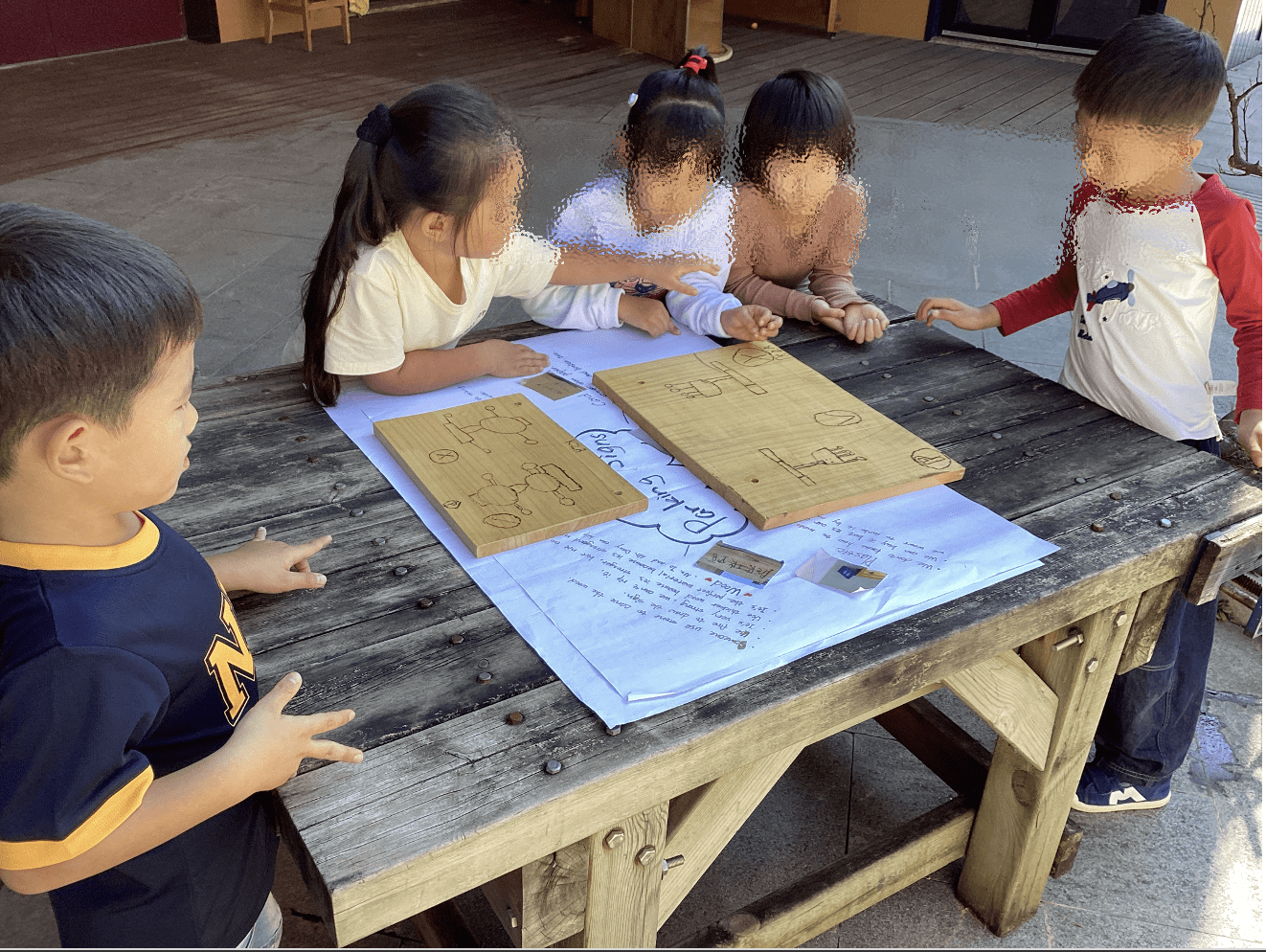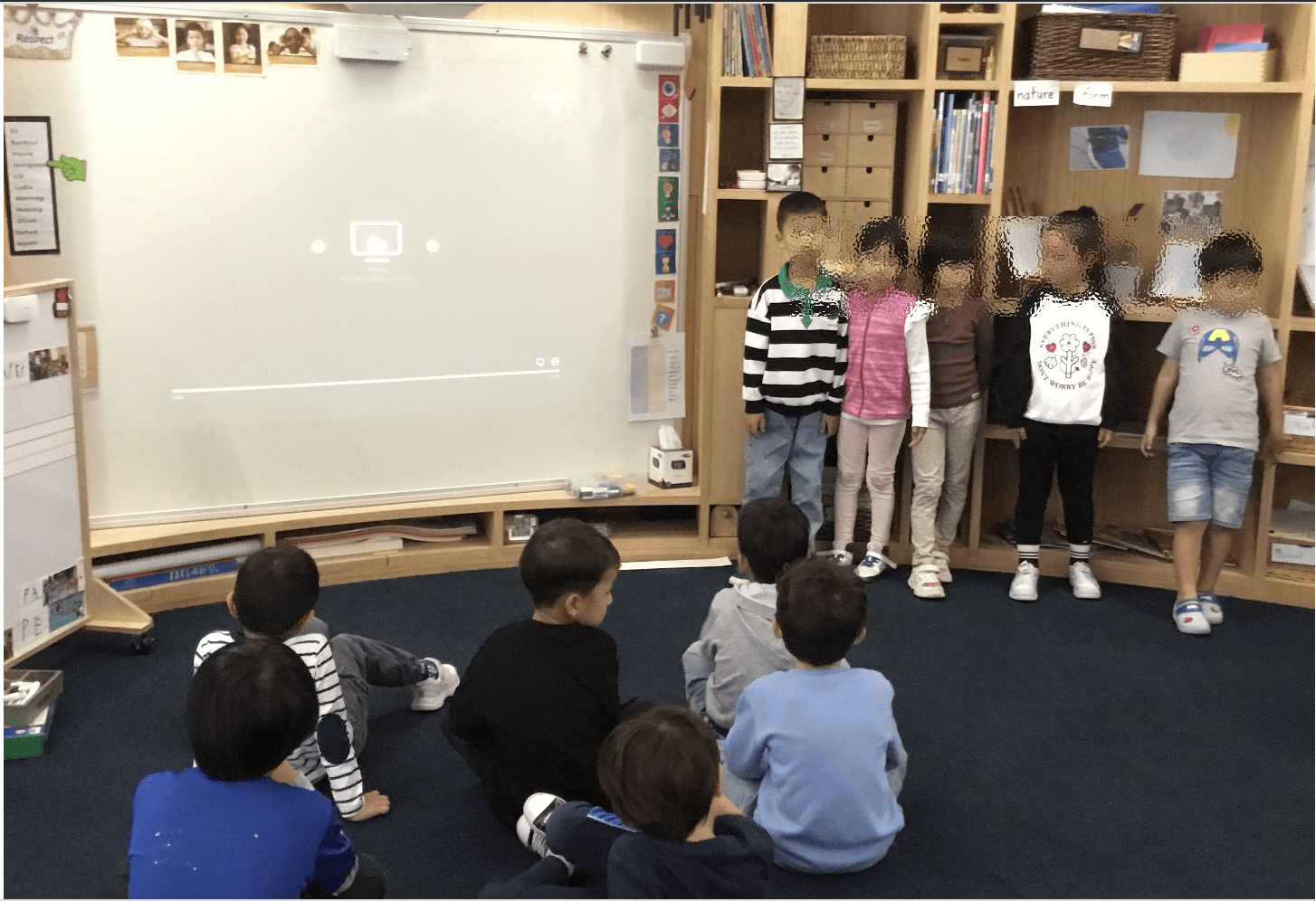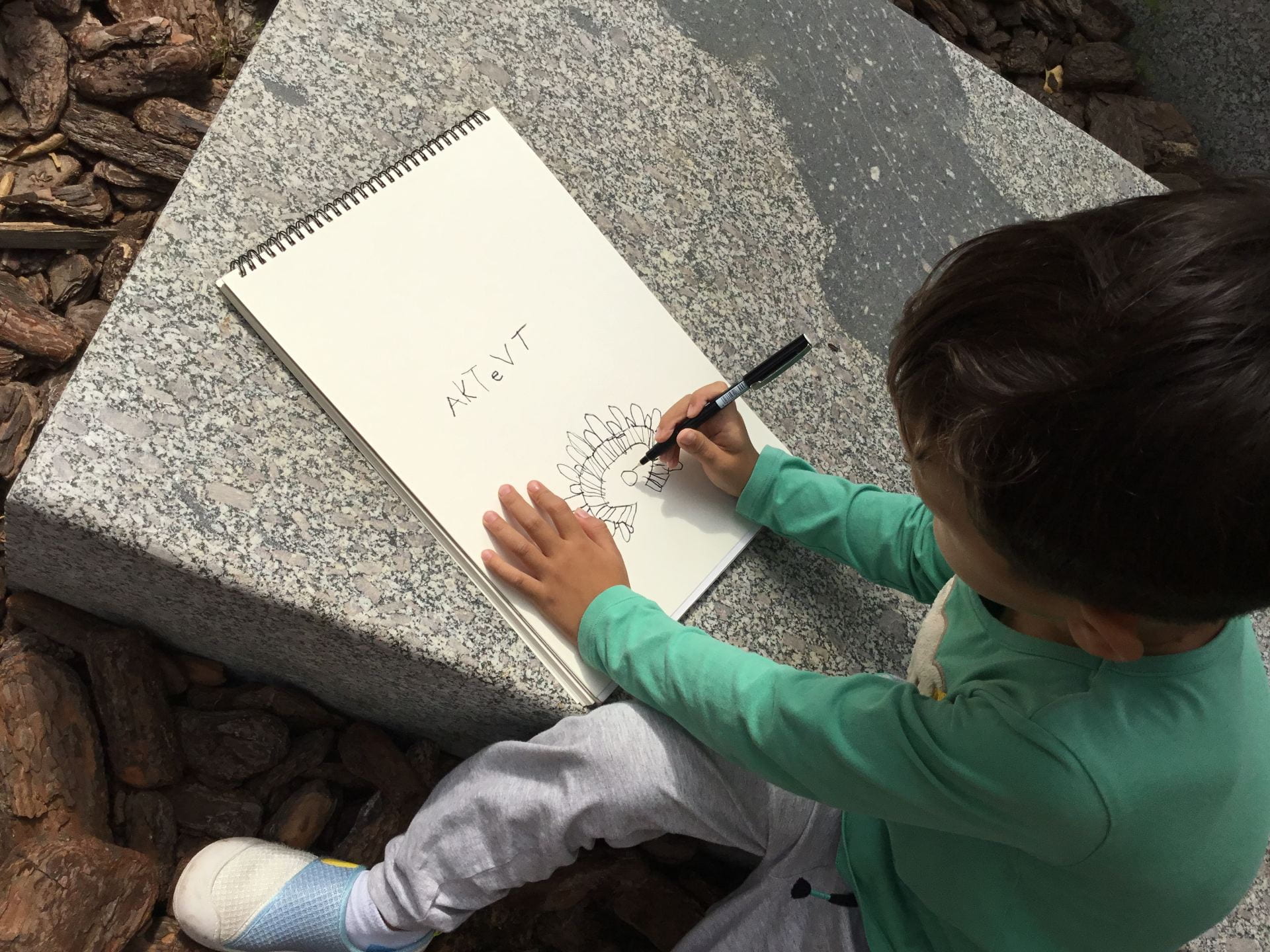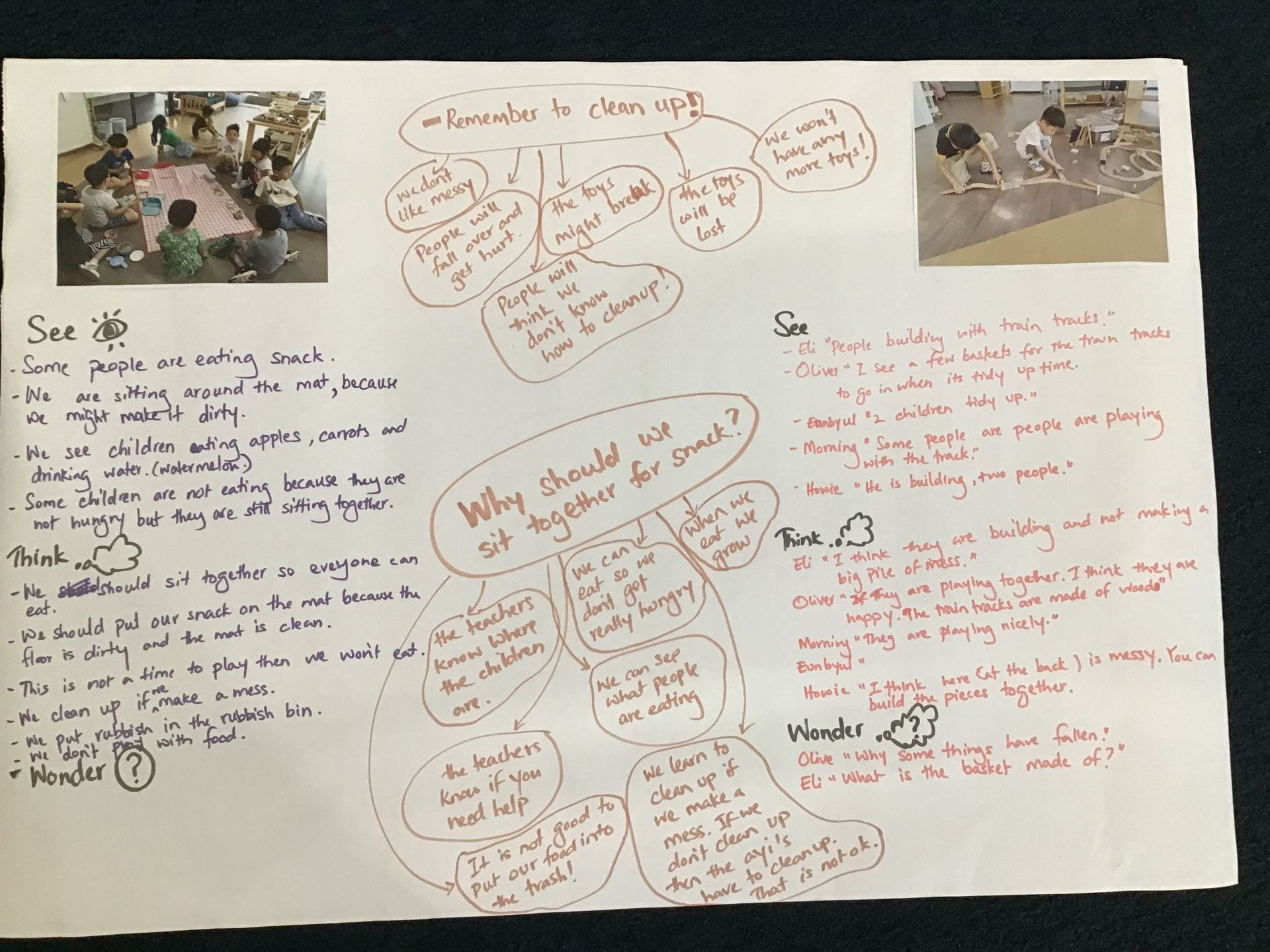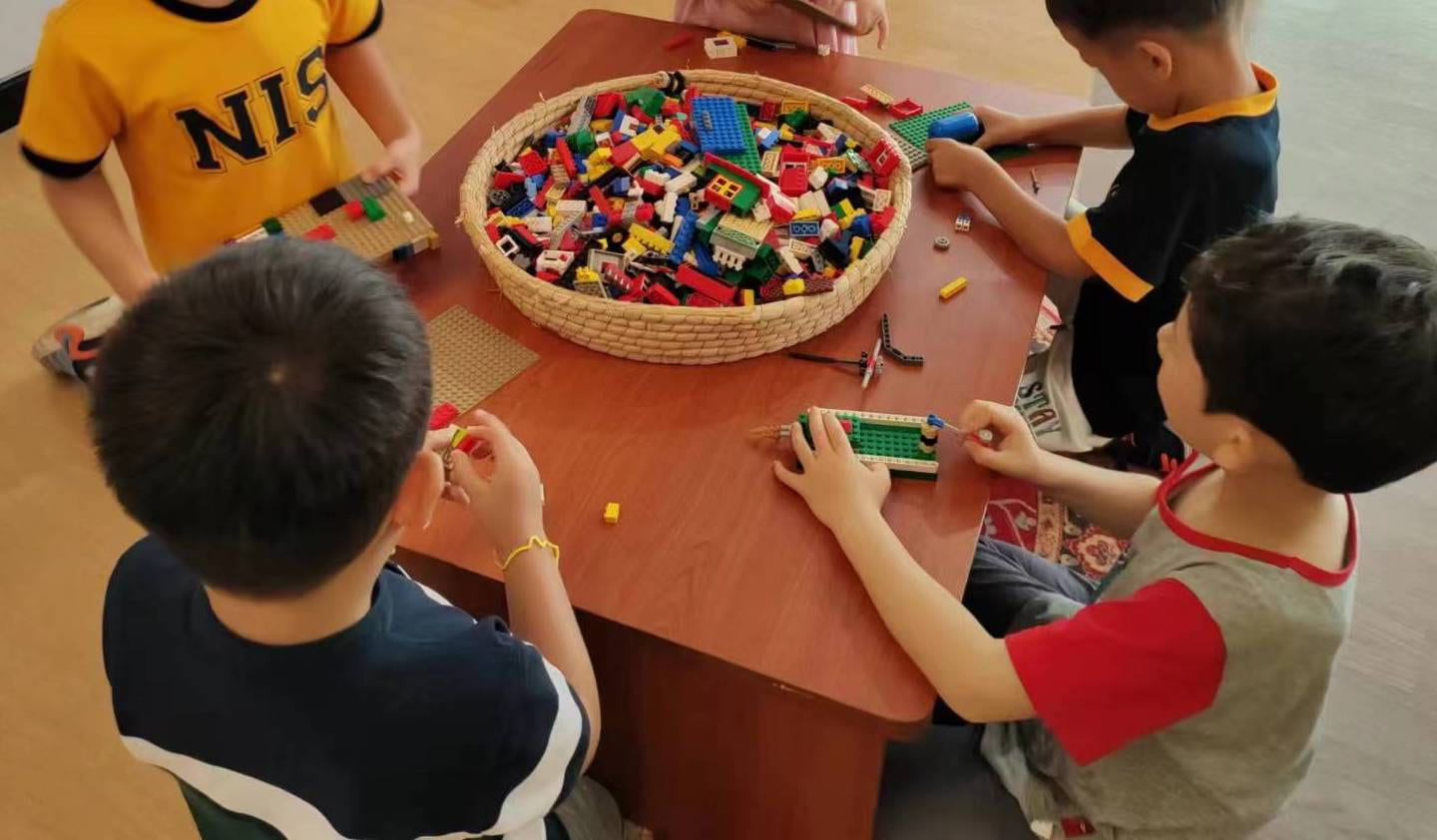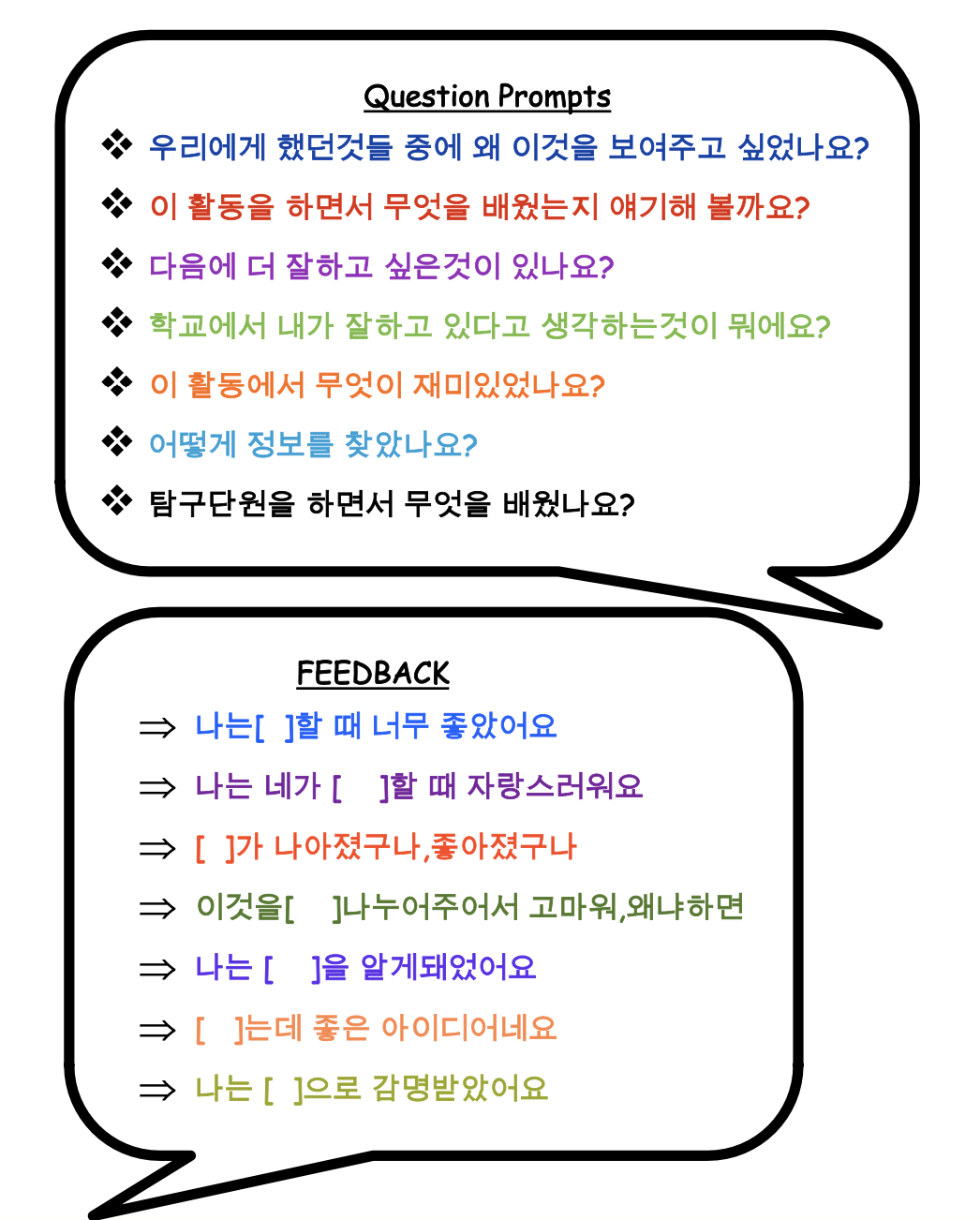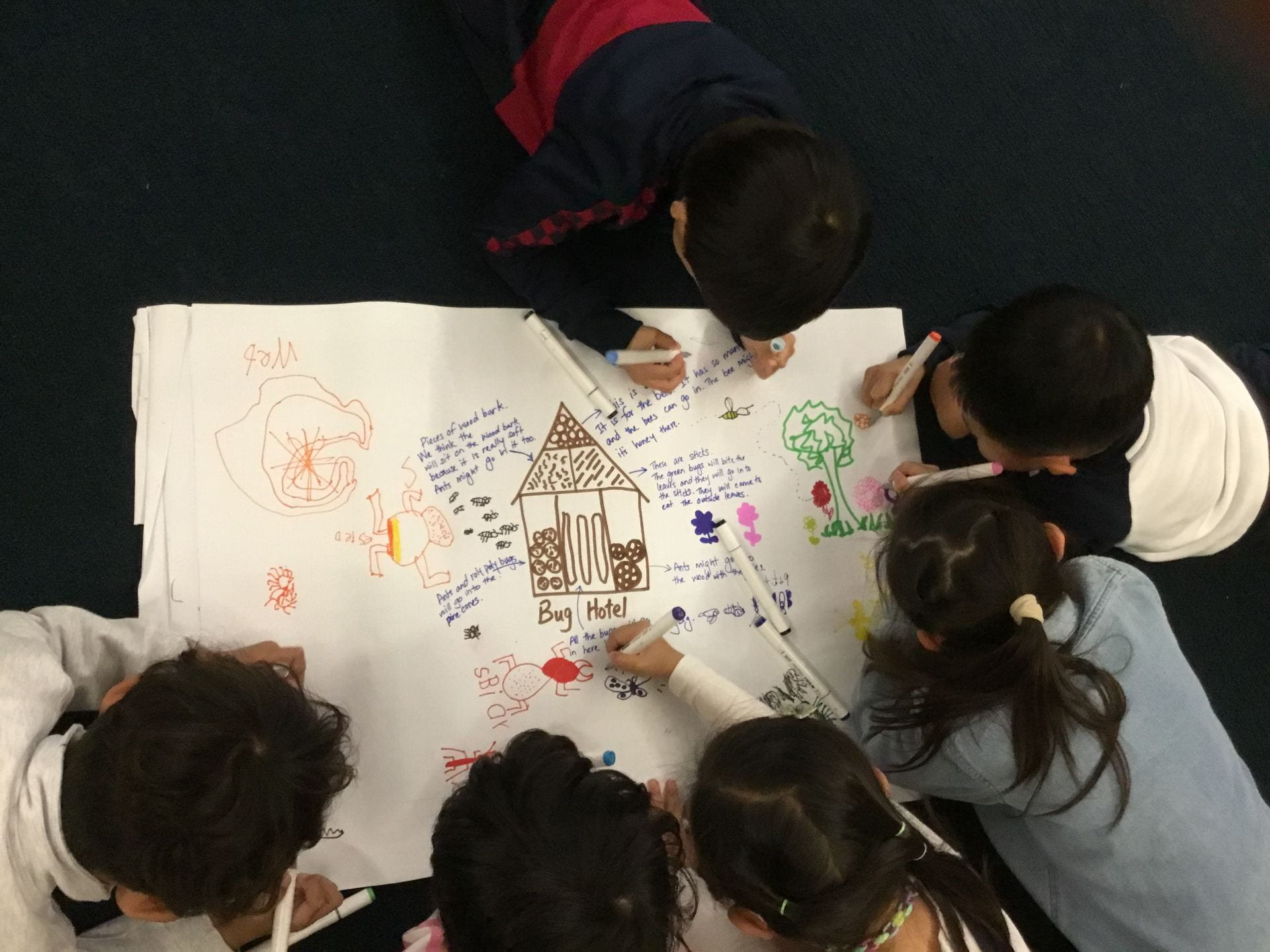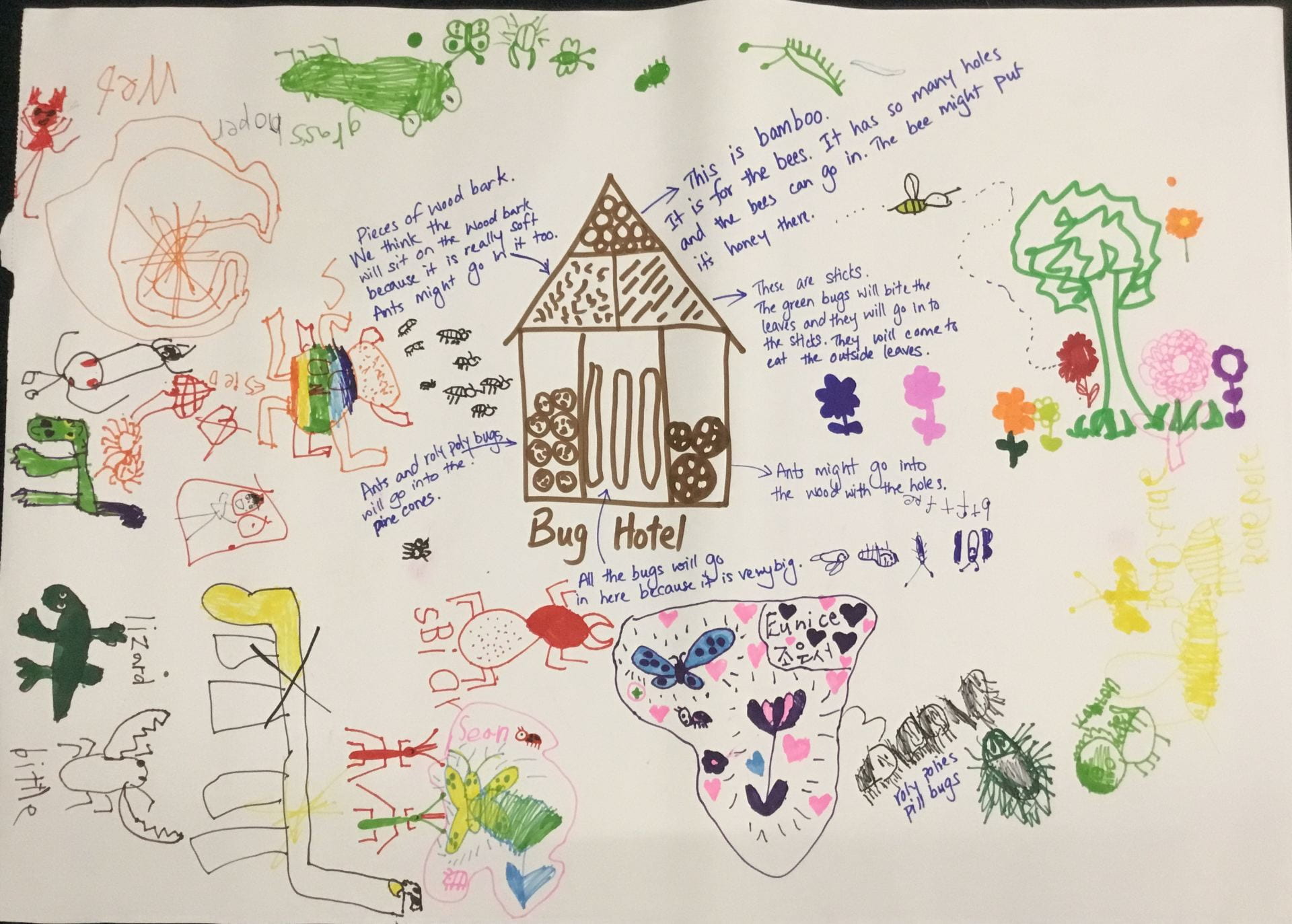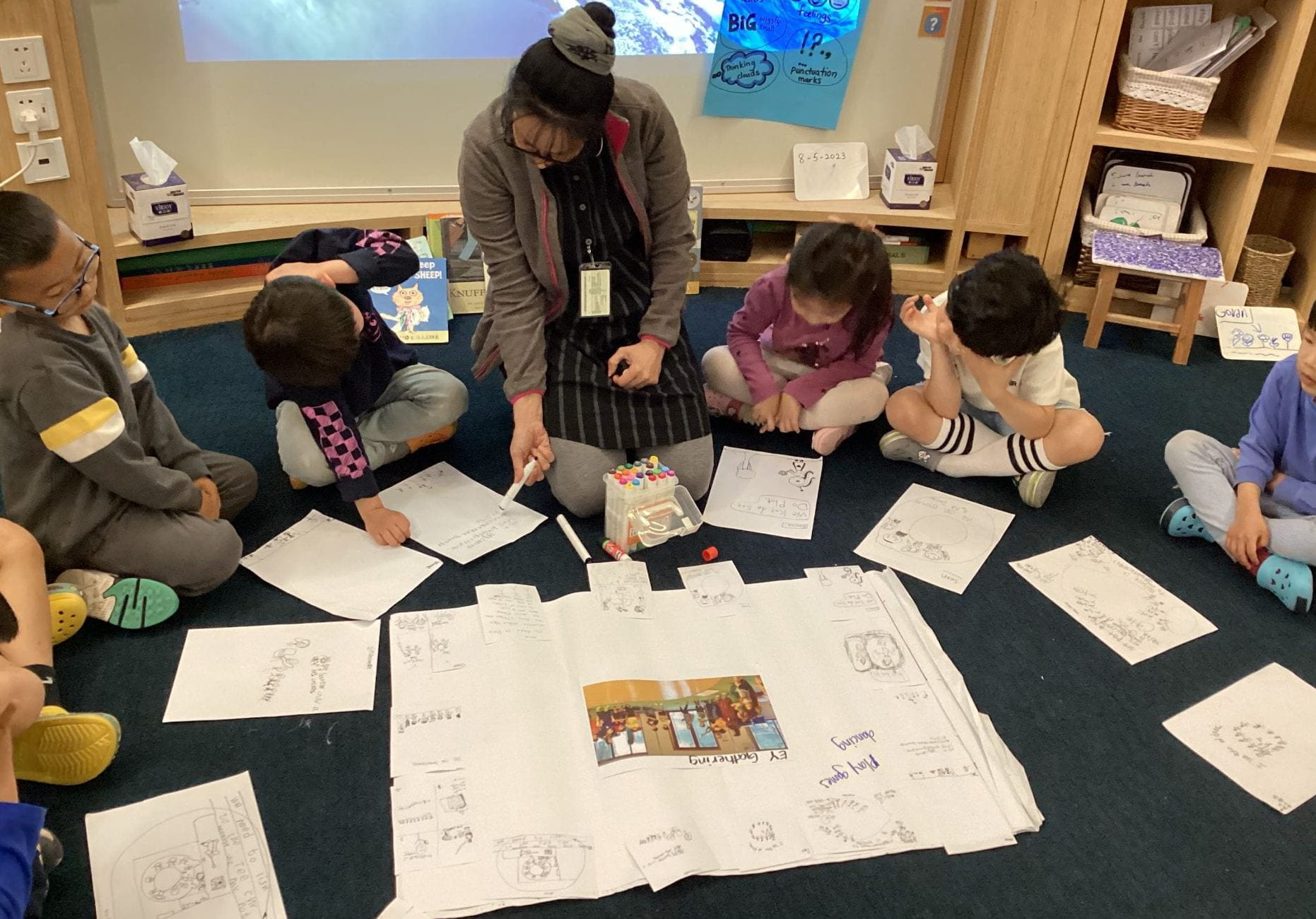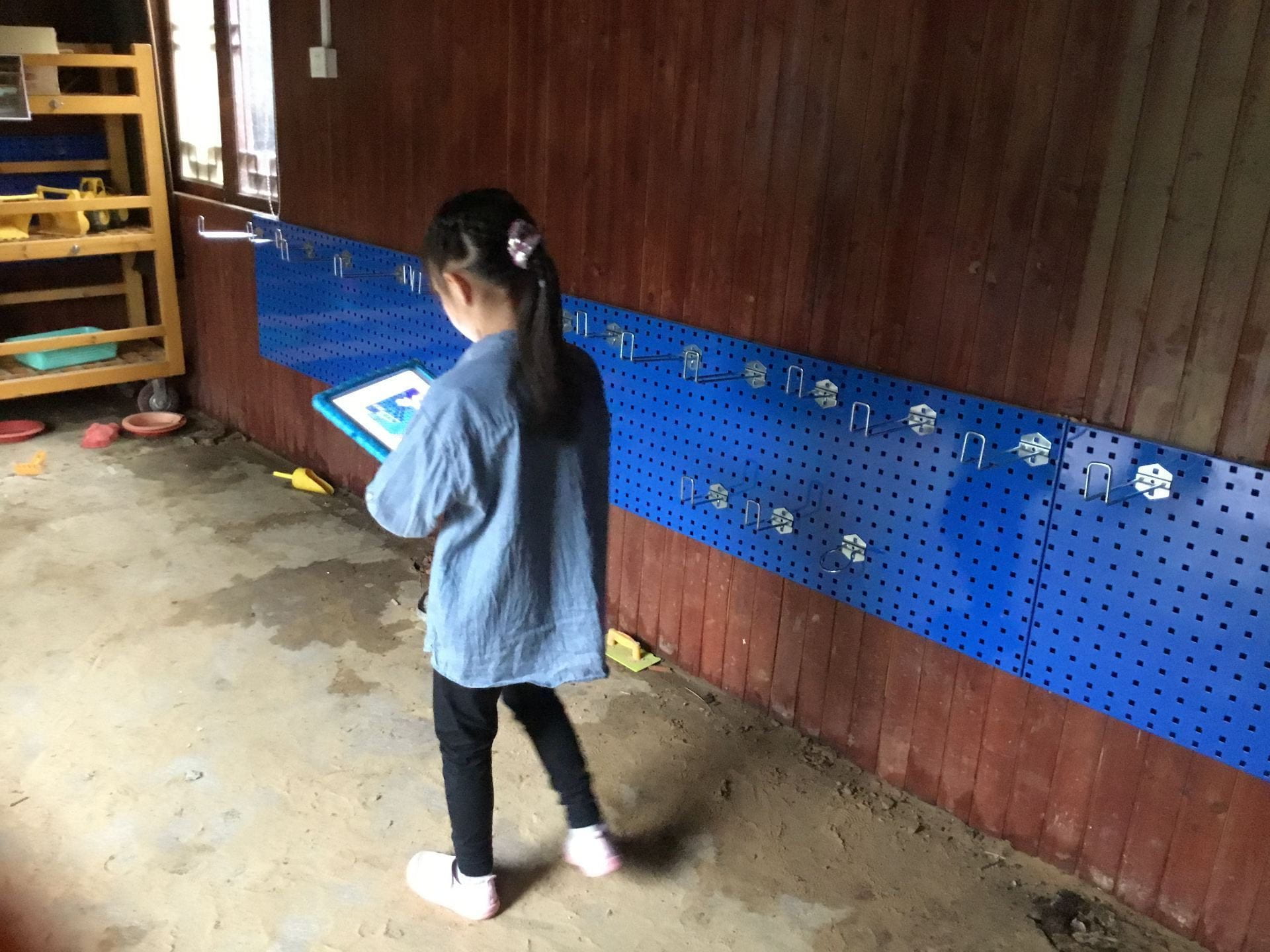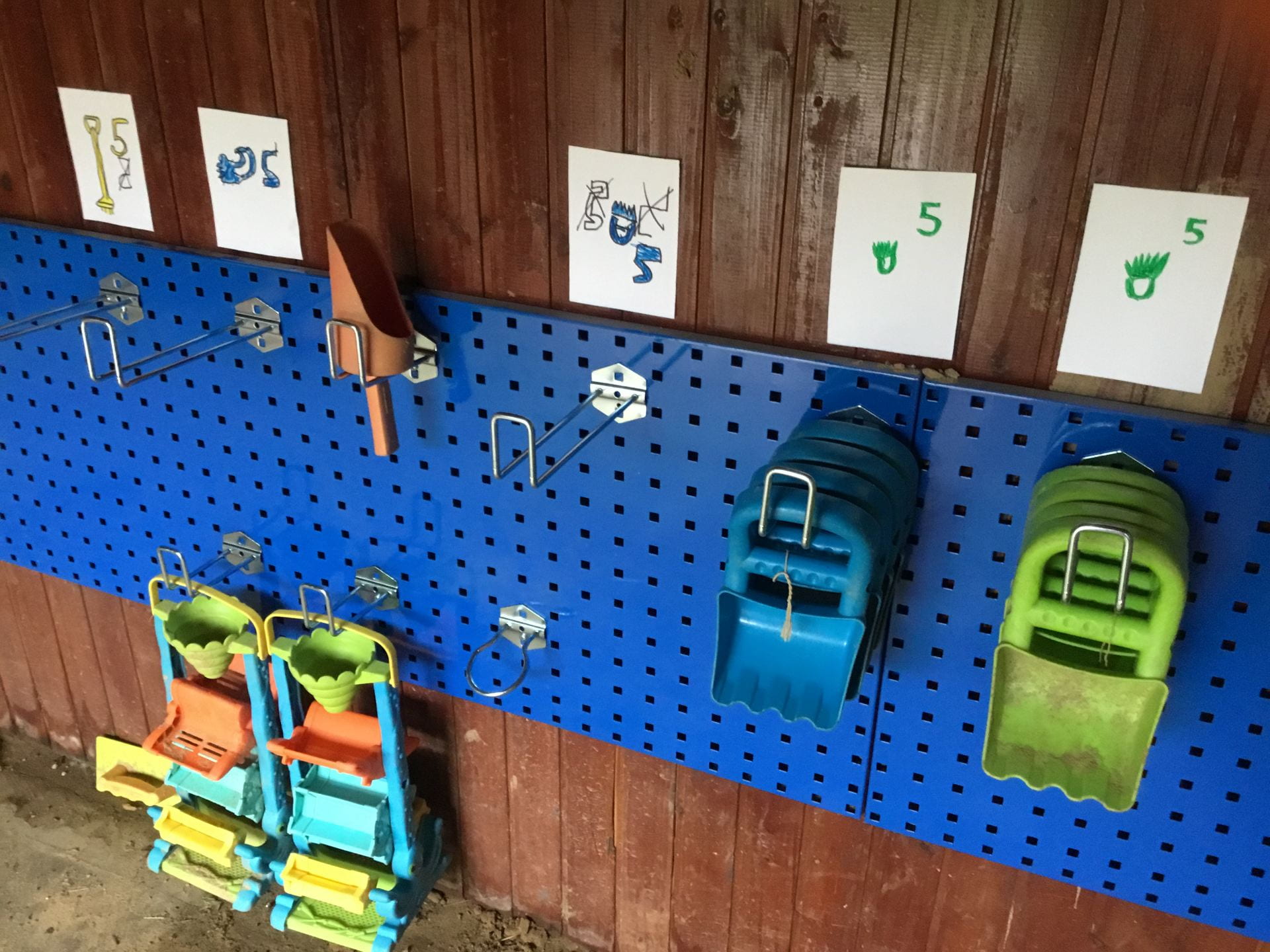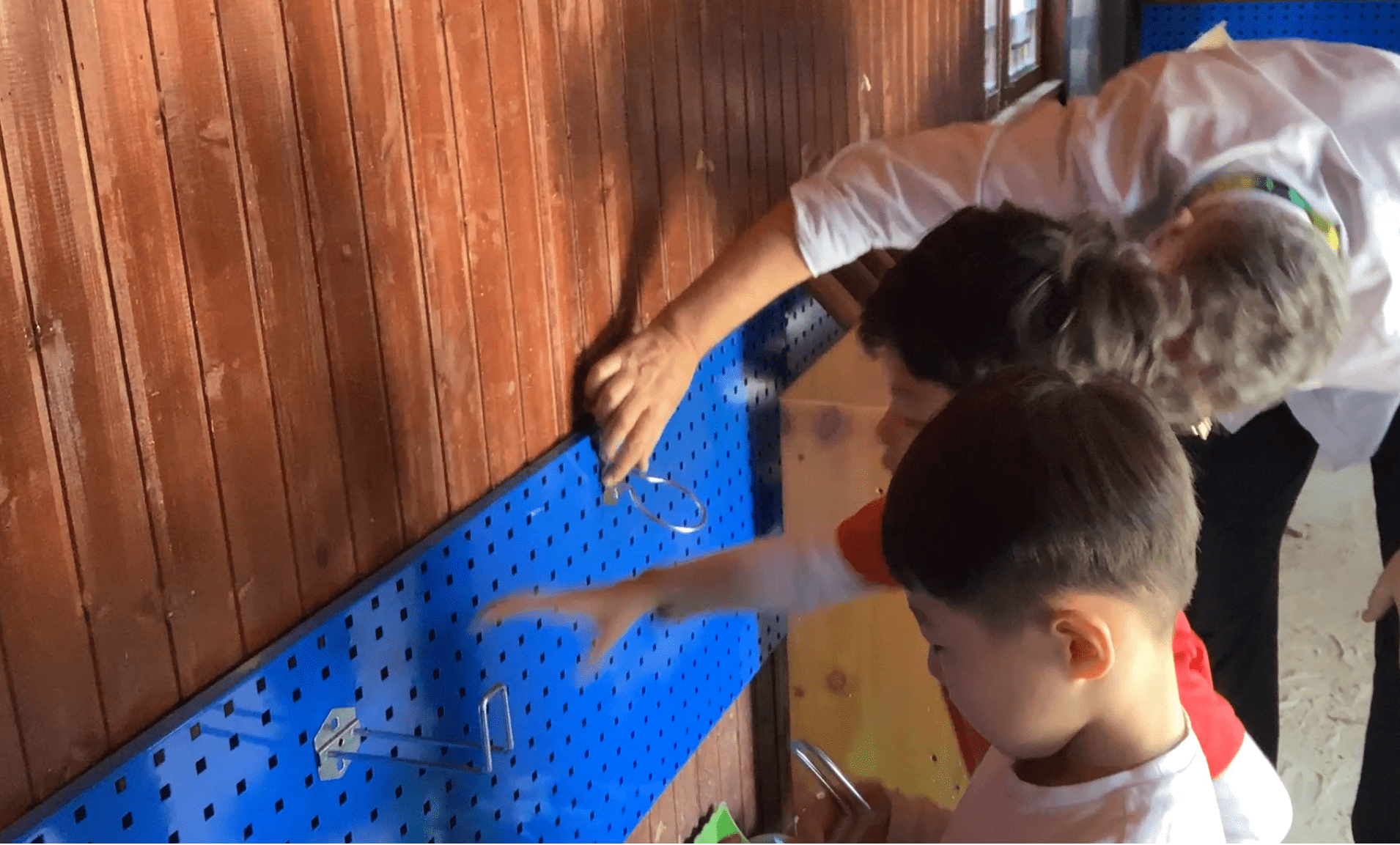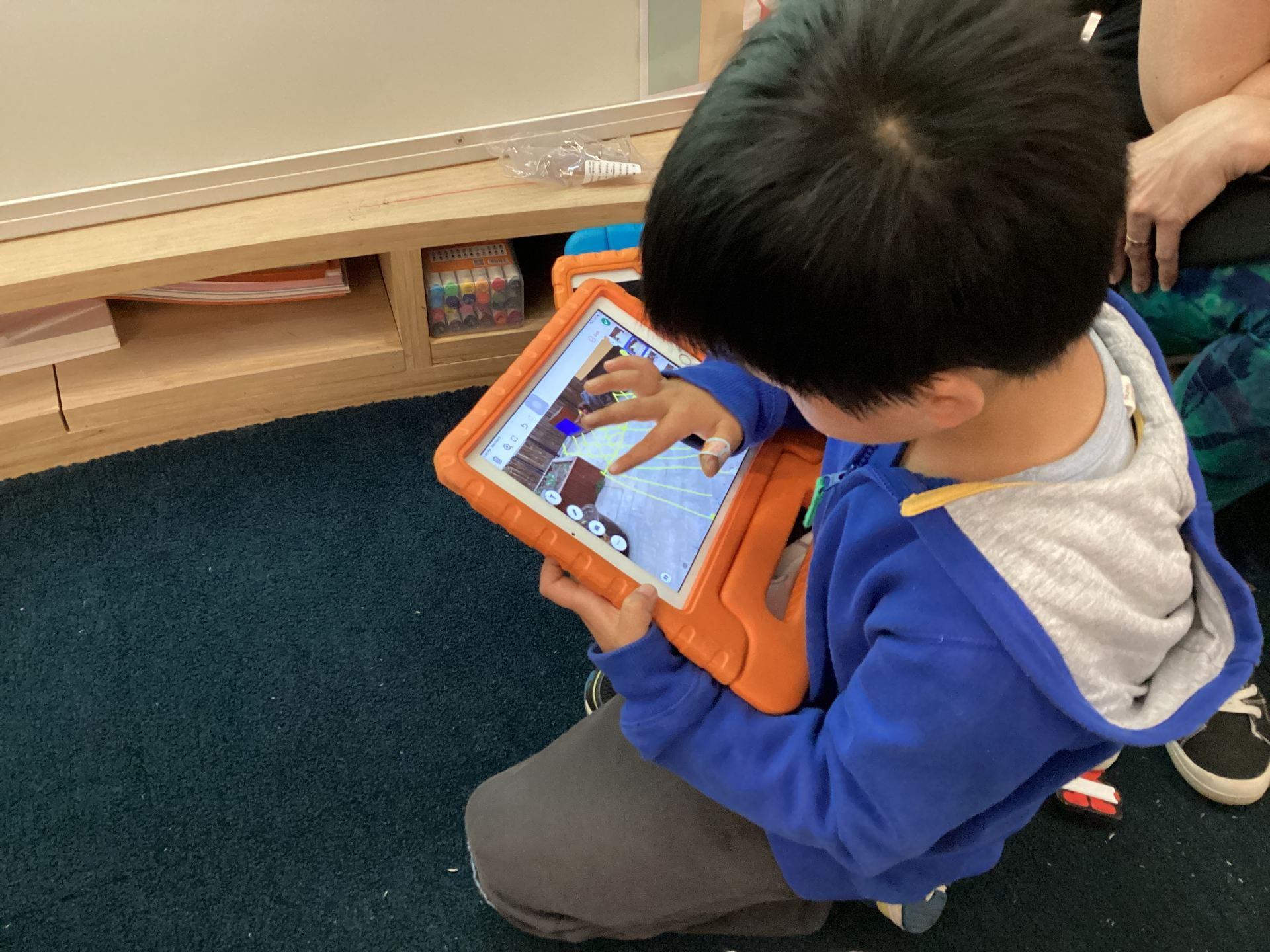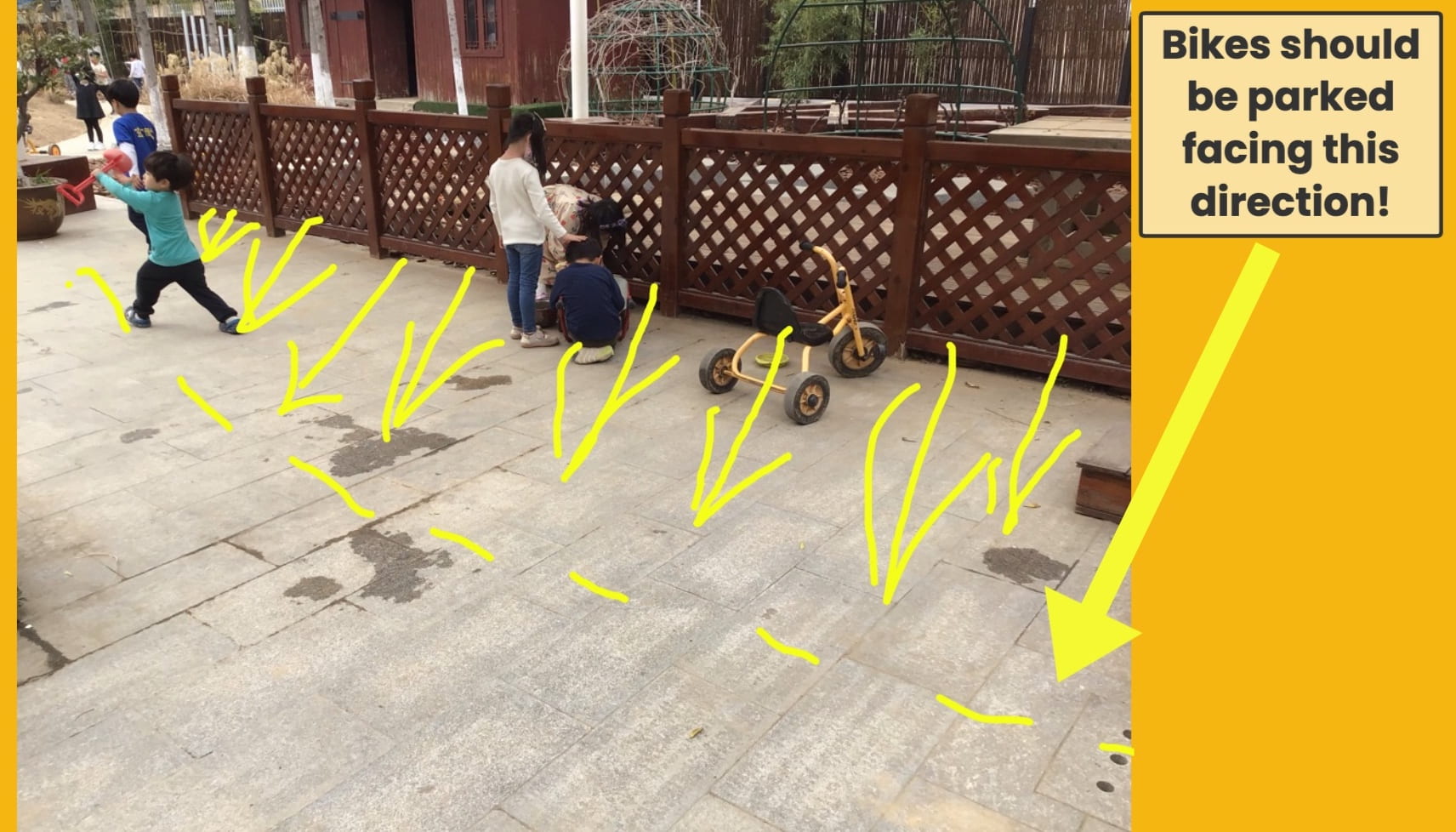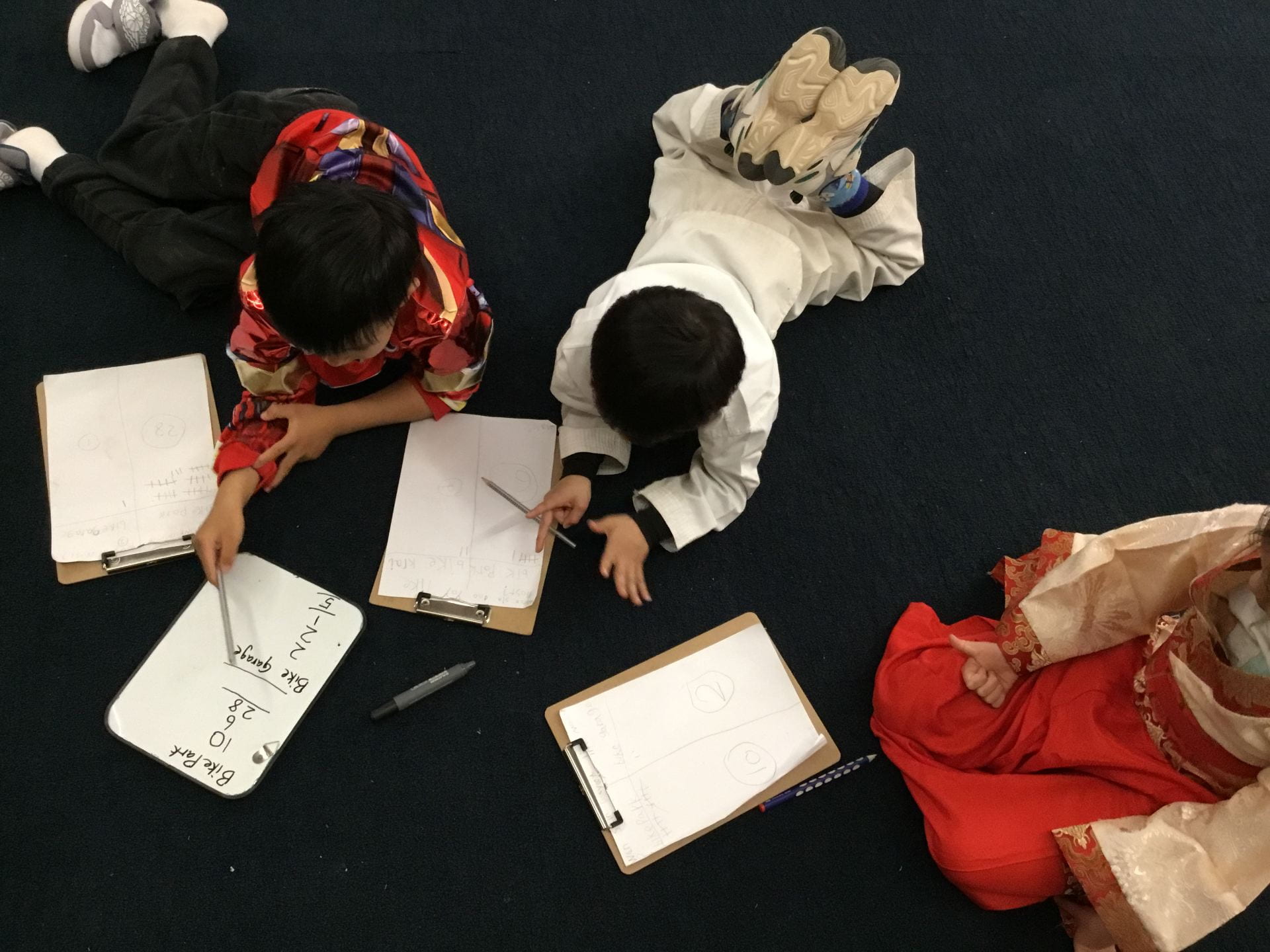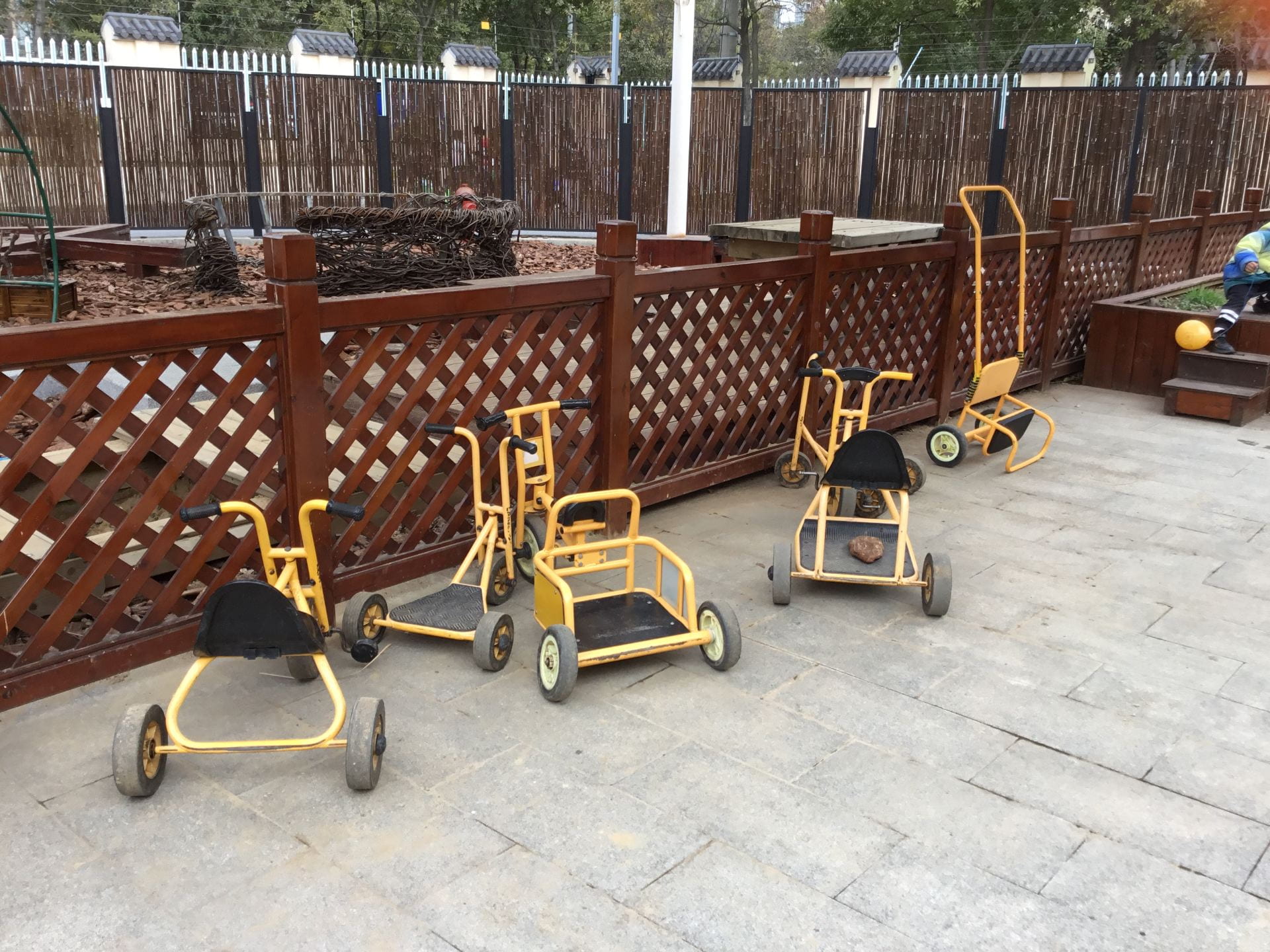 We have noticed the children playing and telling stories using the miniature plastic animals. Through their storytelling, the children transport the animals to different places, exploring actions that help them survive in their natural habitats.
We have noticed the children playing and telling stories using the miniature plastic animals. Through their storytelling, the children transport the animals to different places, exploring actions that help them survive in their natural habitats.
What colour is the ocean?
One morning Wyatt said, “My favourite colour is blue because the ocean is blue only one blue.”
Wyatt is intrigued by the ocean. His drawings and storytelling often revolve around the creatures on the beach and at the shoreline. His books hold his memories and explorations with crabs, dolphins and other sea creatures.
The teachers decided to gather a group of children to talk about Wyatt’s theory about the colour of the ocean.
- Wyatt began by repeating his theory about the colour of the ocean. He pointed to the shade of blue in the pack of markers.
- To this Lydia responded, “No 2 blues.”. She chose a second shade of blue to add to Wyatt’s idea. She thought for a while and then added, “The second blue is in K1.”
- Morning “This blue looks a little like green.”
The team went off to K1 to look for the shade of green Lydia was referring to. Although they found different shades of blue, they were not completely convinced that the ocean matched the shades they had found in the classroom.


We invited the team to the Atelier to explore with paints, to create the ocean. They gathered the materials they needed and sat with large pieces of paper to paint their pictures. At first, the team chose 2 shades of blue from the colour tablets and painted the ocean waves. As the children discussed their ideas, they decided to add a green colour tablet. They dipped their paintbrushes into the tablet, experimenting and creating a new colour. The children continued their conversation in Mandarin. They began to tell stories about the creatures that live in the ocean.

Wyatt “Crab is here because I go to the beach I looking at crabs in the beach. I really like crab. This ocean has many legs. Whale lives in the ocean. And it’s many beautiful colours.

Ocean and crab. Not the same blue. I used two blues. Crab is different blue because this crab is eating things. Octopus eat the crab. And whale eating octopus and the whale go away. That crab is so not feeling good because that cram is eating things and a long time water is put to the water. When the sea crashes on the shore, everybody can see the water is blue. I like to see in Hainan the best. The sea there is part of the Pacific Ocean. All the seas are the same blue.”
Lydia “This blue I see is in the ocean have something in the ocean. I am drawing the whale. He has the water here and he is jumping up and go to the water. This whale is quiet she is not feeling good. His mummy is not give she to play, she jump in the water and crying.”

After completing her painting,
Lydia reflected on what she had done. “We make the sea have so many animals in the sea. And the water have fish and whale. We use yellow, blue, red and green. Ocean is more than one blue.”
Morning “I have two blues. I have five blues. The dolphin is one red and one blue. I used five blues for the ocean” states Morning, pointing to different areas of her drawing.

“One is dark one is a little bit black. This one has other colours in there. Maybe green is in there. Dolphins live in the not dark blue because if they live in the dark blue, he can’t see to eat what.”
We noticed that the group were sharing their observations about the different shades of colour in the ocean. They also discussed their theories about the creatures in the ocean and how they find their food. We wondered what they knew about food chains and the different zones of the ocean.
The teachers discussed possibilities for research and the next steps. We wondered how we could help the children explore the different shades, and colours of the ocean. We decided to share two photographs of the ocean that the teachers had taken on their trip, to stretch the children’s thinking.
We revisited the children’s initial theories about the different ‘blues’ in the ocean. Wyatt insisted that there were two blues. The crab was one blue and the ocean a second. The children were excited to see the photos and began to share their theories.
Morning pointed to the crashing waves and said, “The water is going up and the sunlight is coming and this will be white.”
Wyatt thought about what Morning was sharing and added, “The ocean is many colours because the water is many blue and white, the ocean has many colours.”
- Morning “But the ocean does not have purple.”
- Wyatt “The shark likes to live far in the ocean.”

We began to number the different colours we noticed in the photograph of the ocean. The children shared their theories on why the colours were different.
- Morning “The shark needs water.”
- Wyatt “The shark needs many water.”
- Morning “If the shark goes out of the water then the shark will die.”
- Wyatt “Because water has foods in the ocean. And the shark going up in the water then he won’t have foods in the beach. The crabs live on the beach because they go inside the sand. Crabs don’t go in the big water.”
- Morning “The water near the beach is very small so they (sharks) need to live far.”
New theories about the ‘needs’ of living things in the ocean began to emerge. To help the children unpack the concept ‘causation’, we decided to explore this further by asking “What living things live in the ocean? Why do they choose to live there?”





